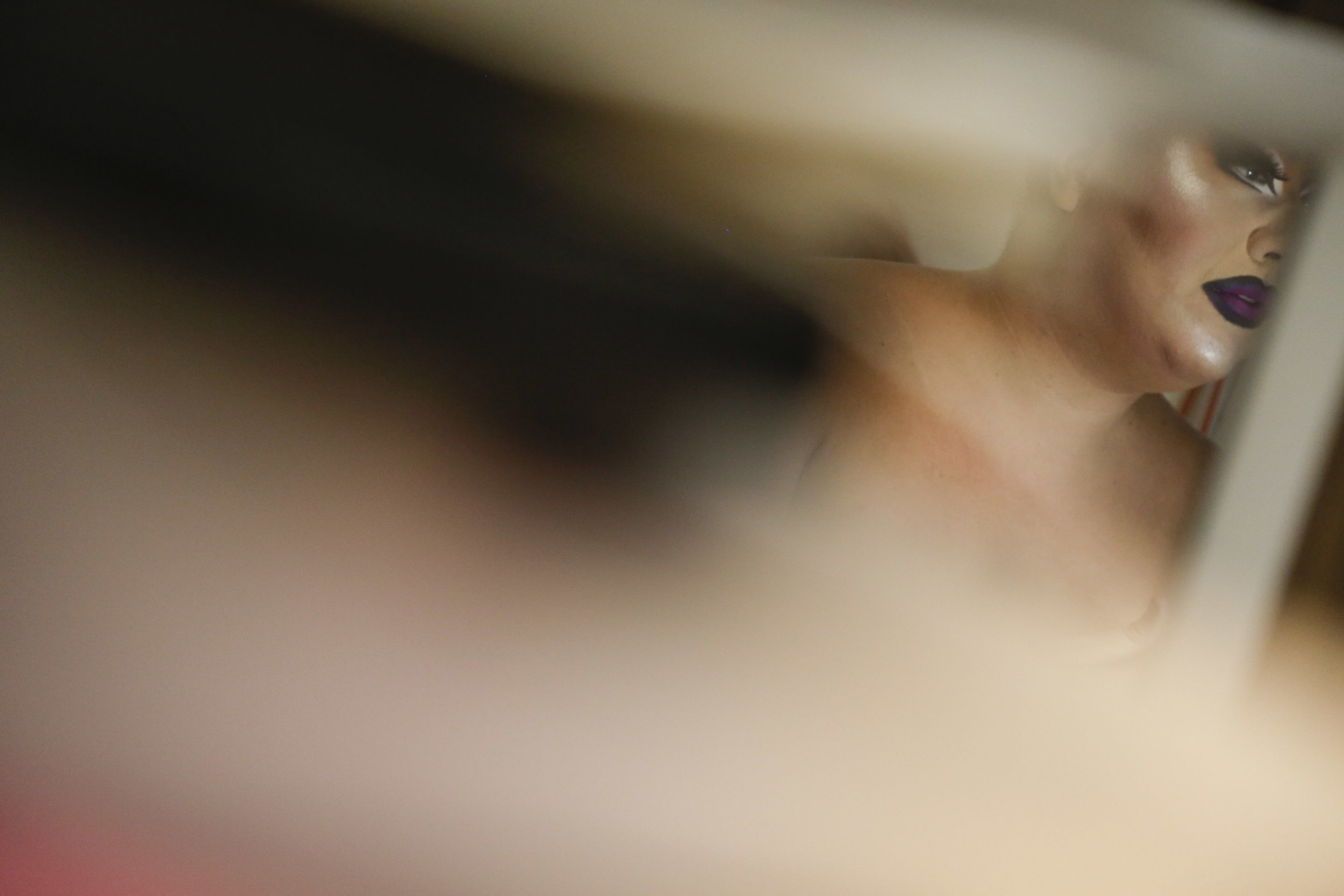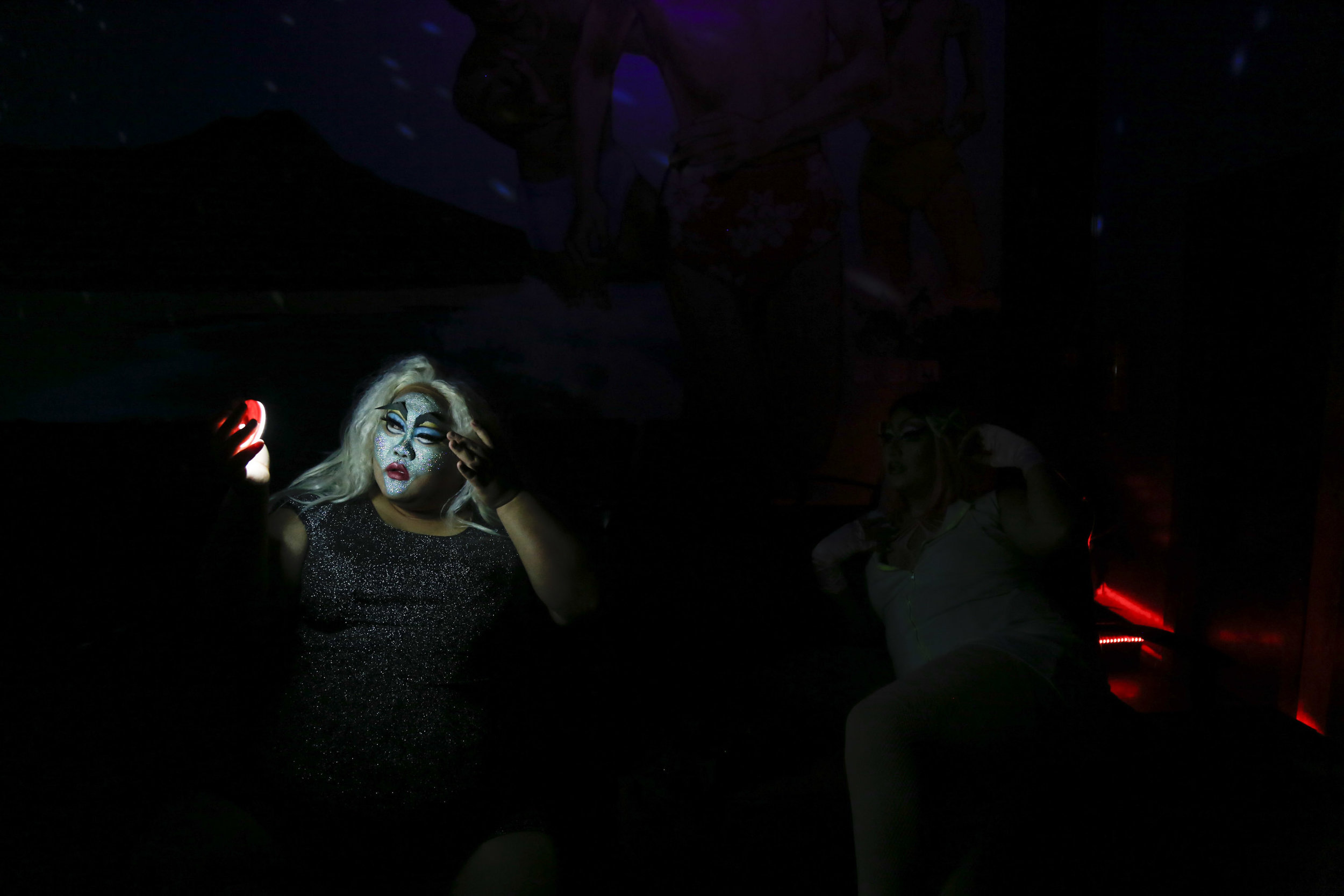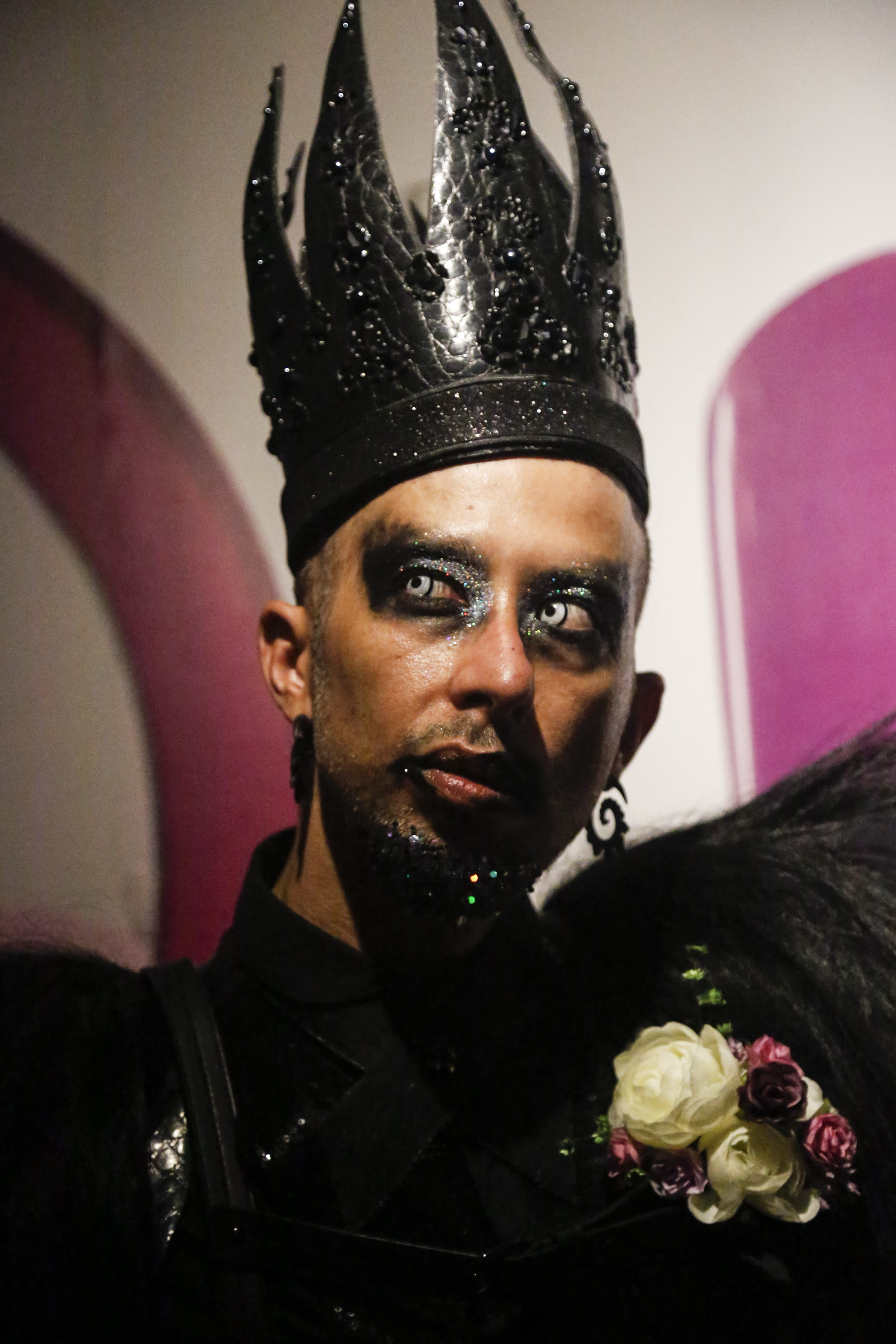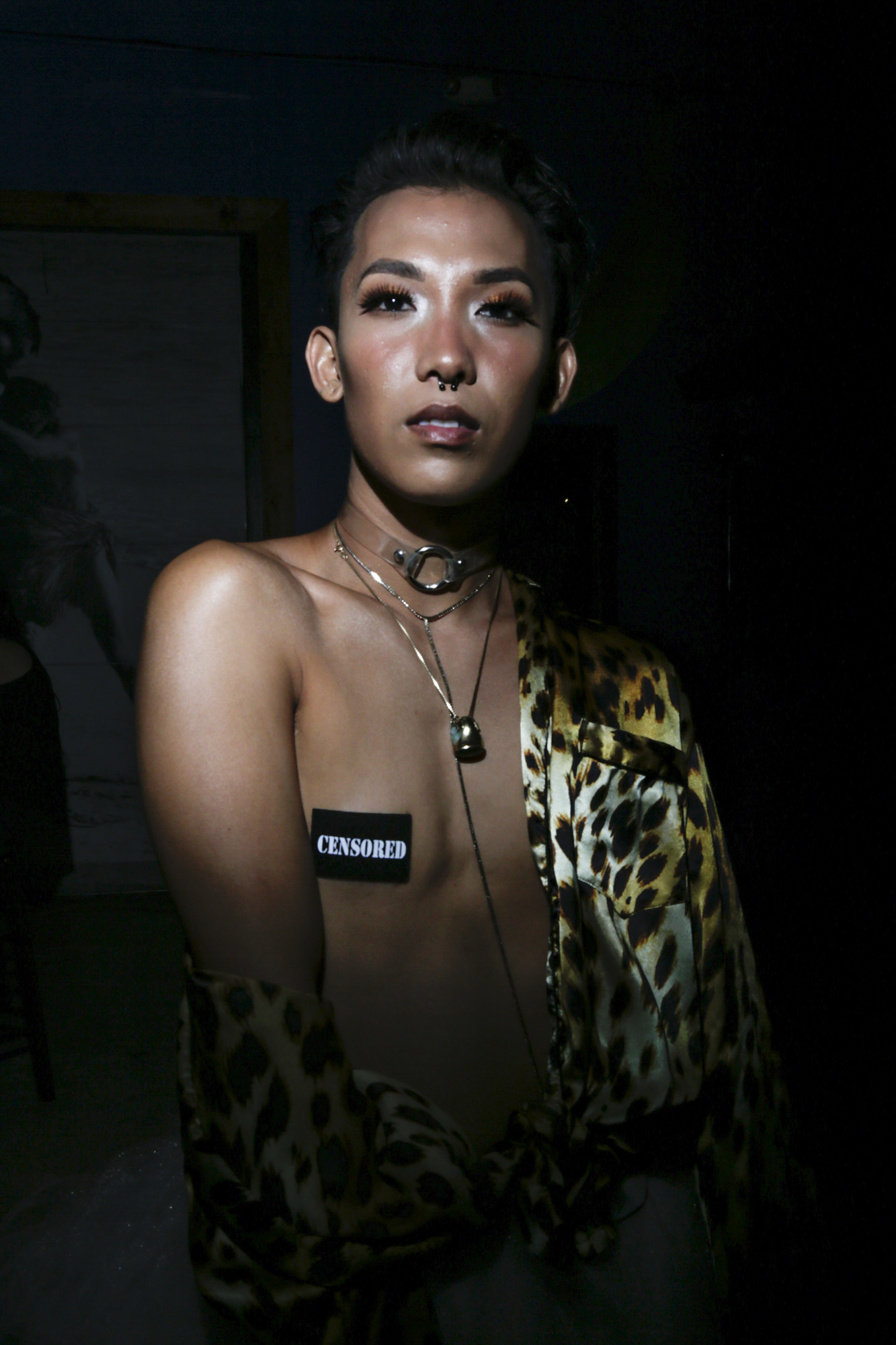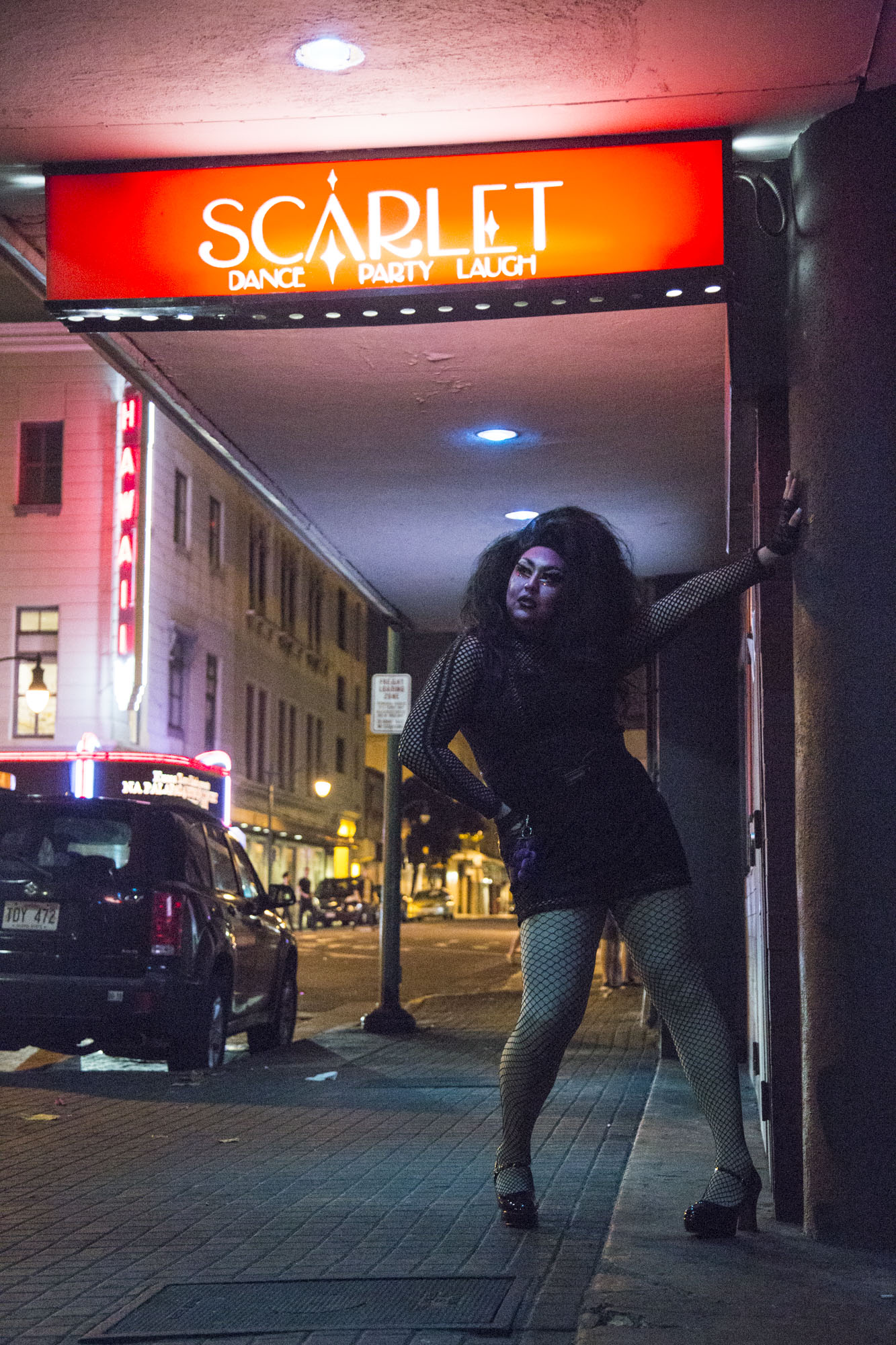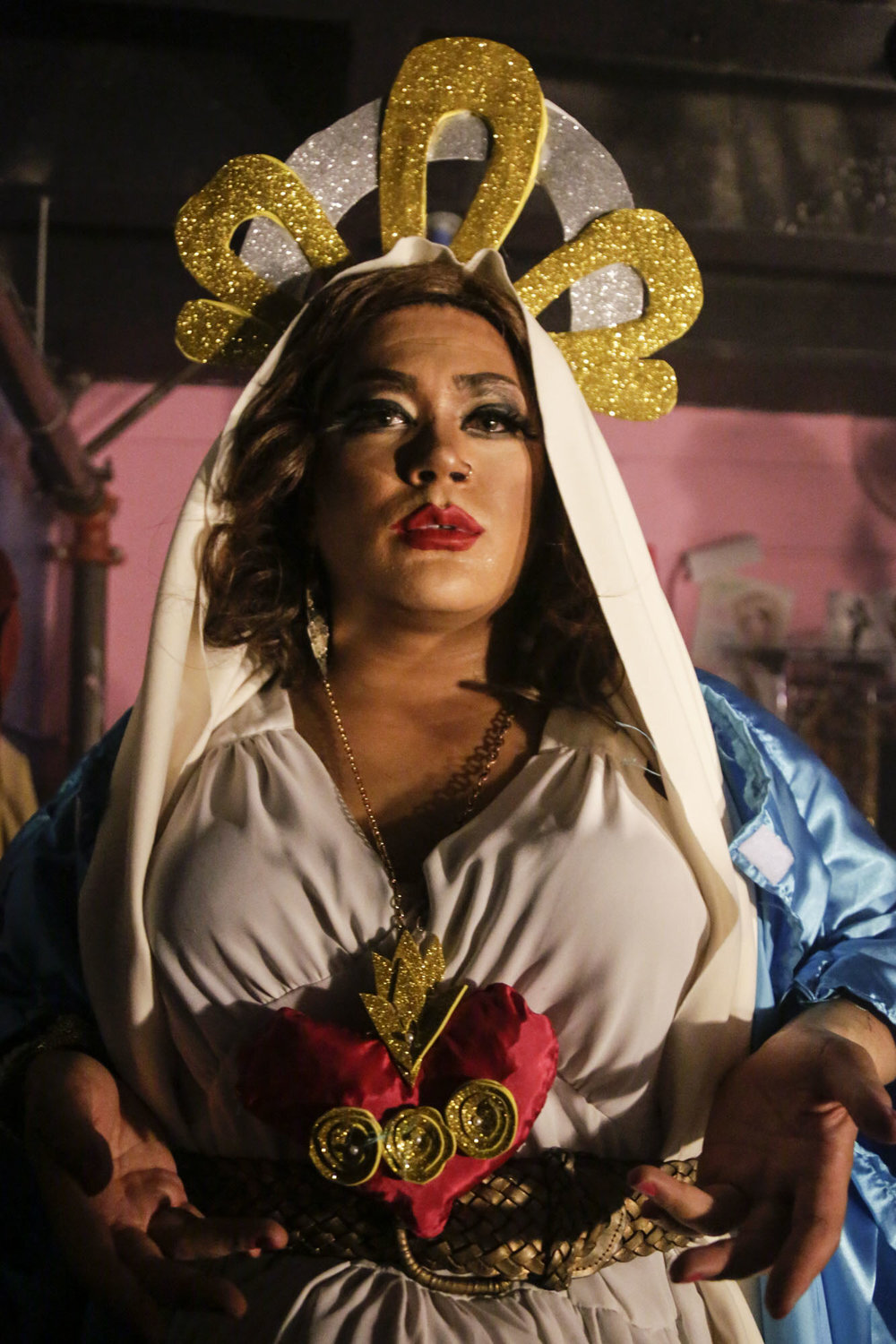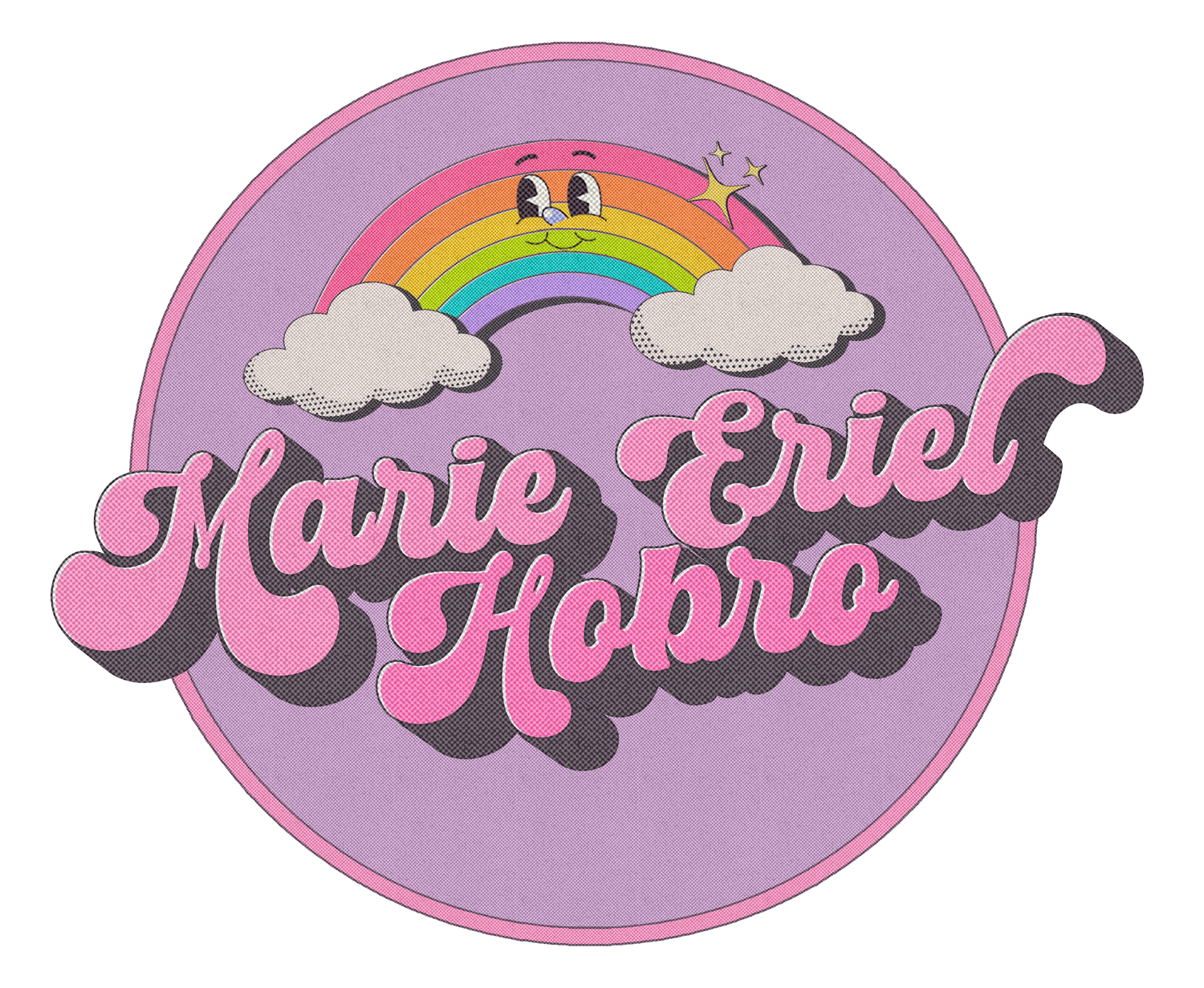Beyond the Root
Beyond the Root explores the evolution of drag families in Hawaiʻi and how they reflect the values of having a hānai ʻohana. This project focuses on three different generations of drag: the up and coming, the middle generation, and the older queens. Despite their generational gaps and differing values, these groups come together to help each other, learn from each other, and learn of the traditions set by the generations before them.
For Native Hawaiians and Hawaiʻi locals, our concept of what family is often extends beyond blood and family roots. When one is considered hānai, they are considered family and treated as such. These values have always been prominent in Hawaiʻi’s drag scene, but during the days of bars and clubs like The Glades and Fusions, certain drag family names held prestige and weight. When one wanted to pursue a path in drag, they would turn to an experienced queen, or a drag mother, for guidance. Some drag mothers would go beyond just teaching aspiring queens the craft, bringing houseless drag children into their homes to take care of them. These bonds would transcend the nightclub scene, remaining tight-knit until elder mother queens pass away.
After the rise of RuPaul’s Drag Race and the closure of multiple different LGBTQ+ staples in Honolulu, the importance of these families began to lose meaning. In addition, the societal progress the LGBTQ+ community has made has eliminated the younger’s generation need for a traditional drag family. Instead of searching for drag mothers to learn from, aspiring performers have turned to television and YouTube as a way to learn the art-form. As more younger queens realize that they need more support, the concept of having a drag family is slowly returning. Yet instead of forming mother-daughter relationships with one another, many performers believe that it’s transformed into more of a sisterhood.
I have been working on this project sporadically since 2018. As a queer woman raised on Oʻahu, I am deeply committed to preserving Hawaiʻi’s queer history through photography. I owe a great debt to this community and have even found a drag family of my own. They have given me the strength to pursue photography again after a series of traumatic events that held me back from continuing work for a long period of time. This project is an ode to very special people in my life that I will always hold close to my heart.
CHAPTER ONE
Chapter one of this series discovers what it means for the younger queens to reach their goals in drag and how their sisters help mold them into becoming who they want to be. Instead of learning from older queens, many of these performers learned the craft from watching RuPaul's Drag Race and YouTube.
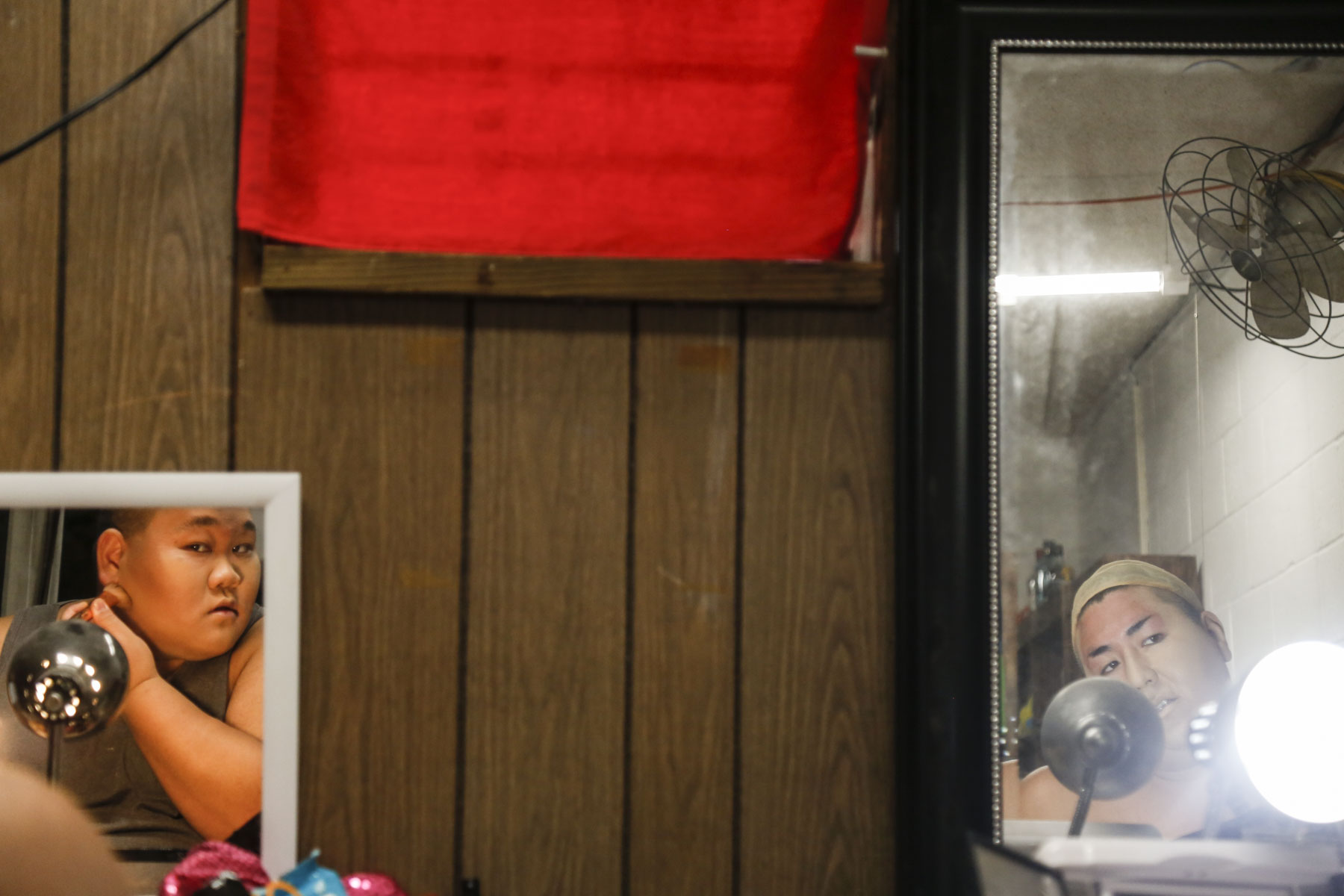
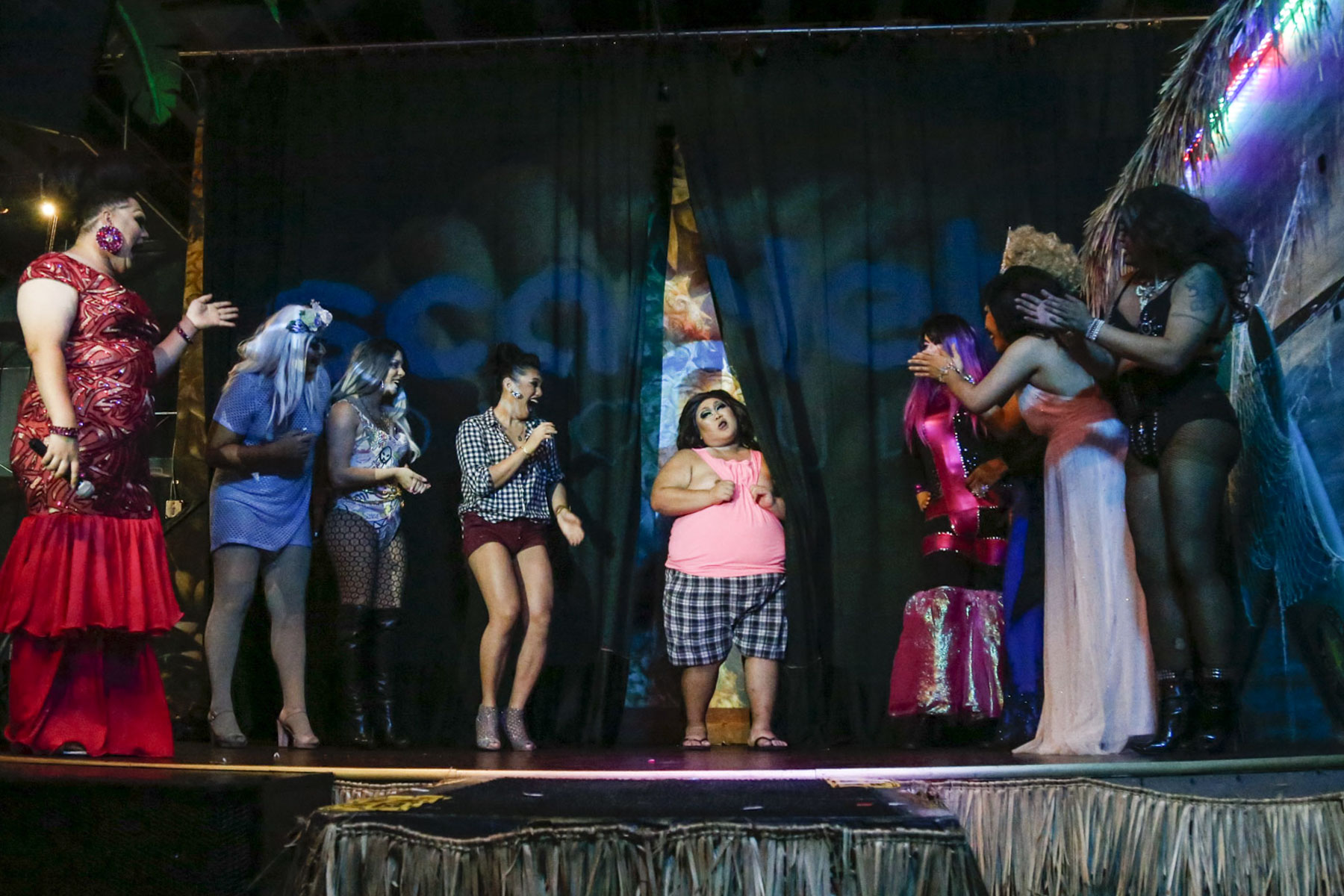
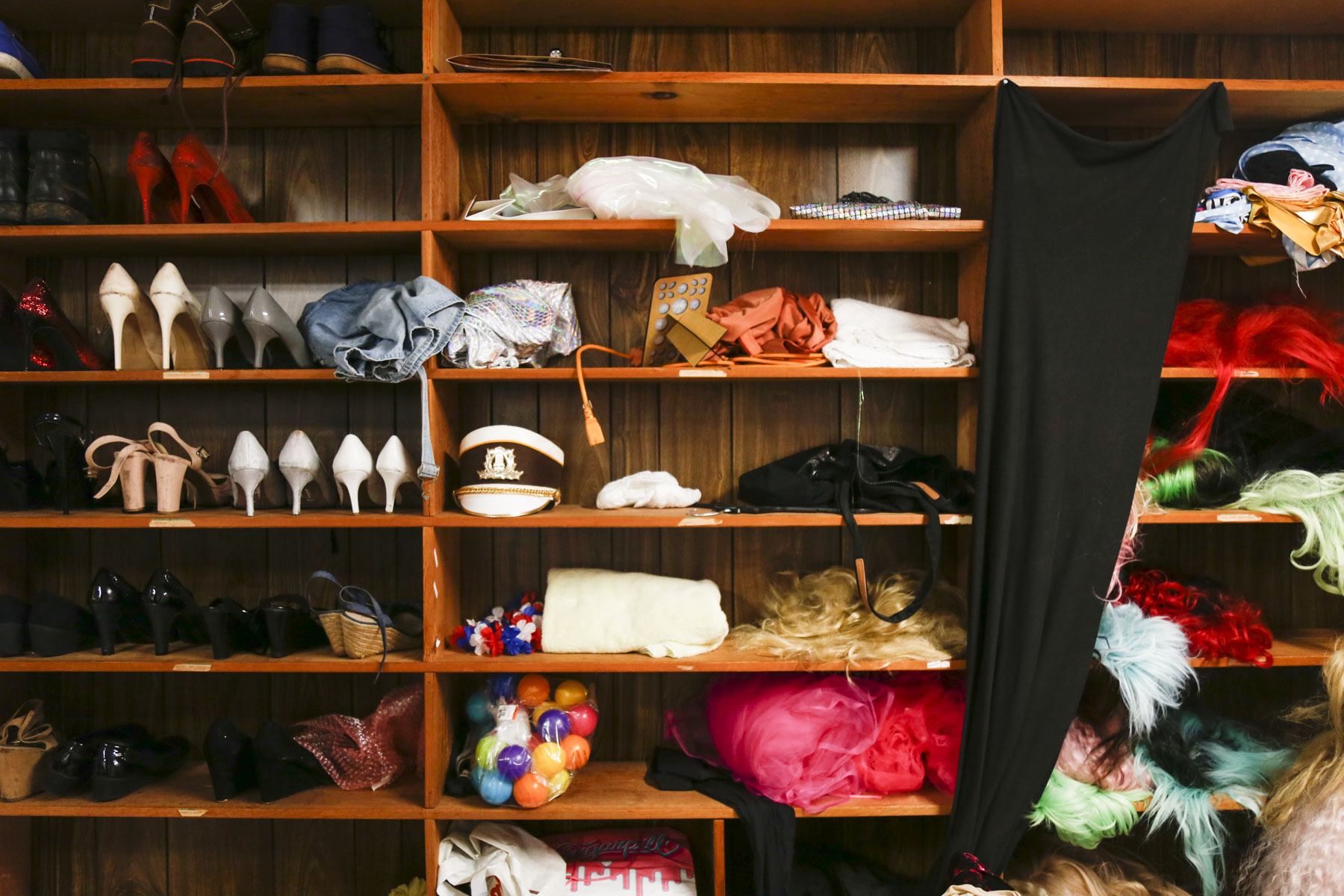

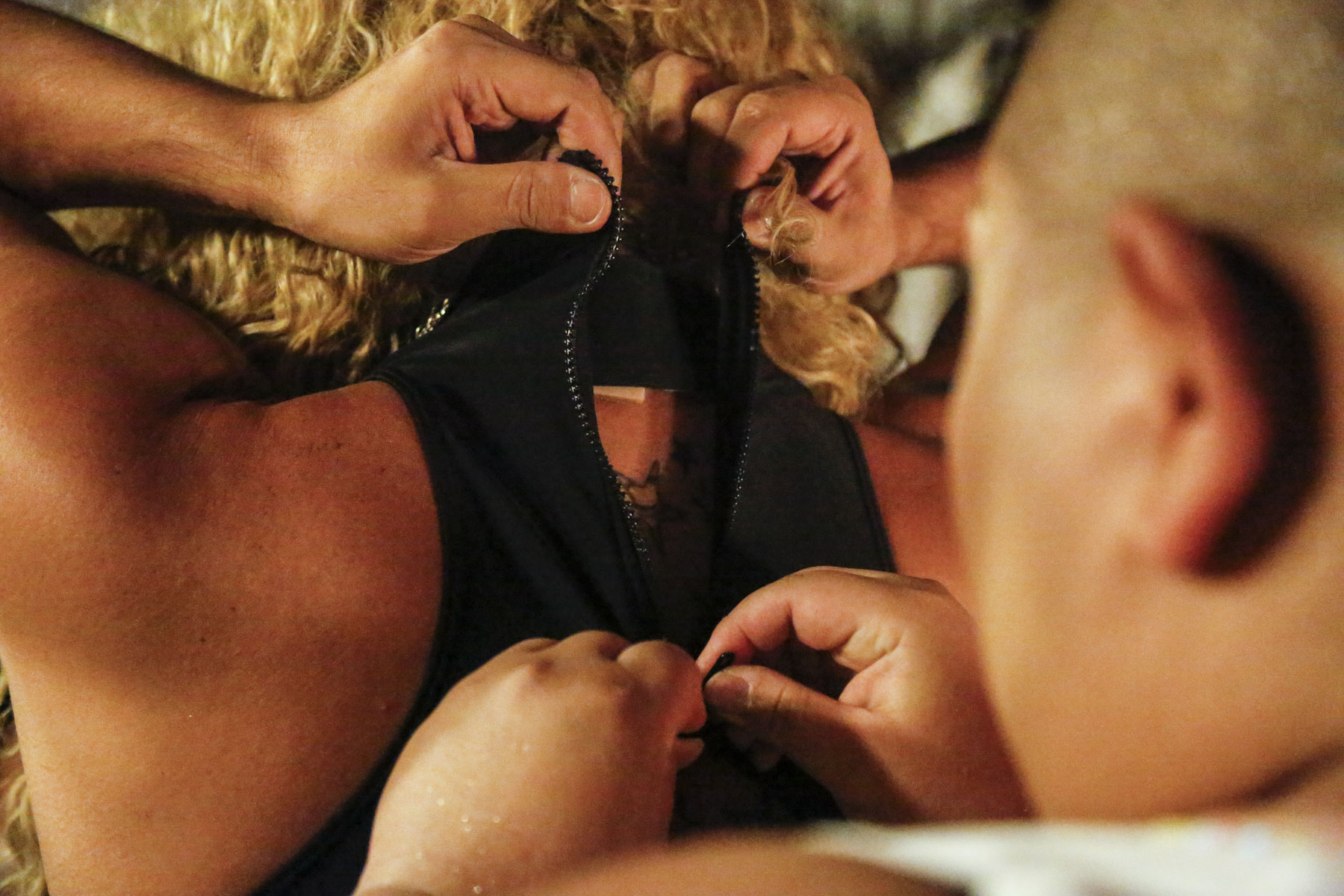
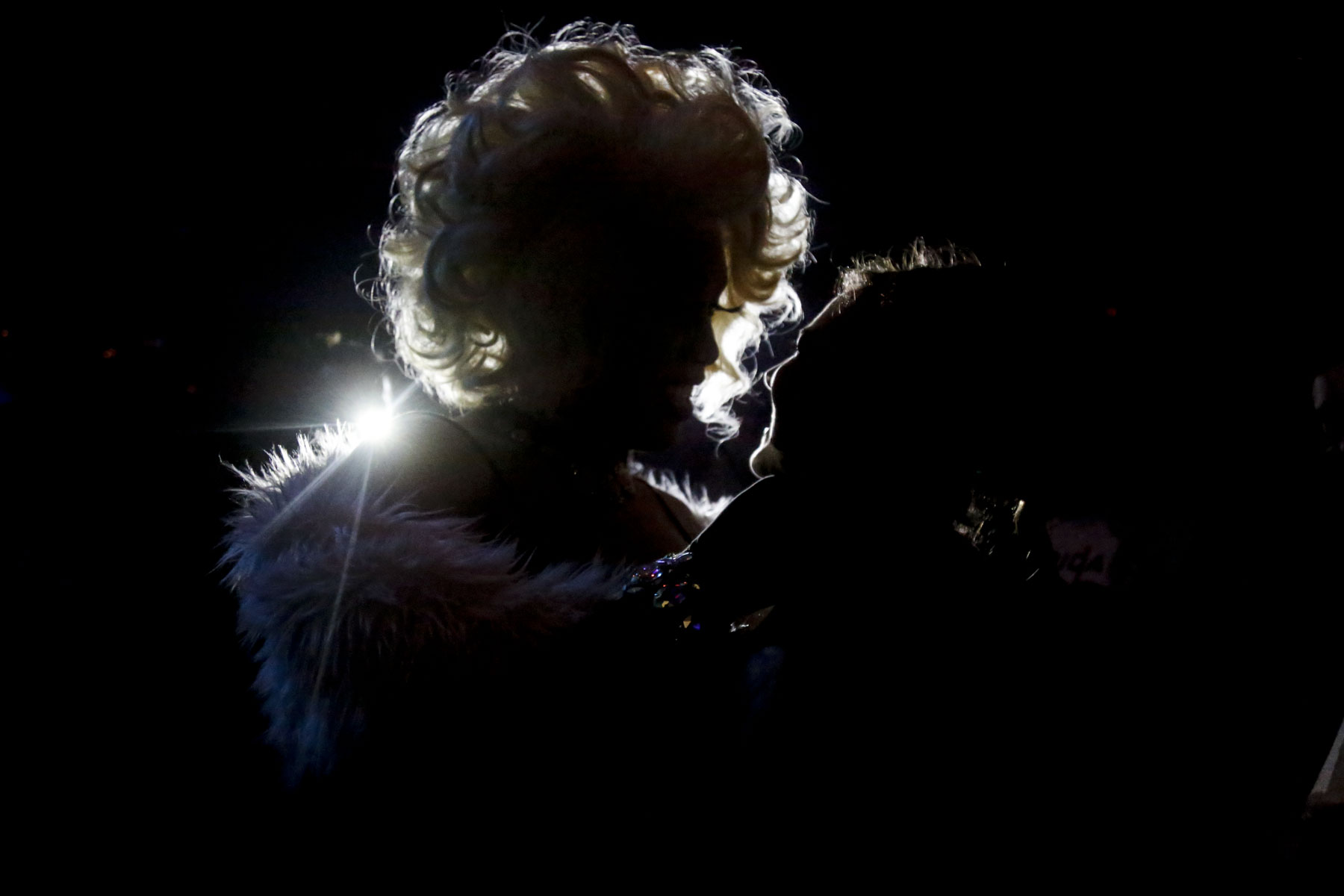
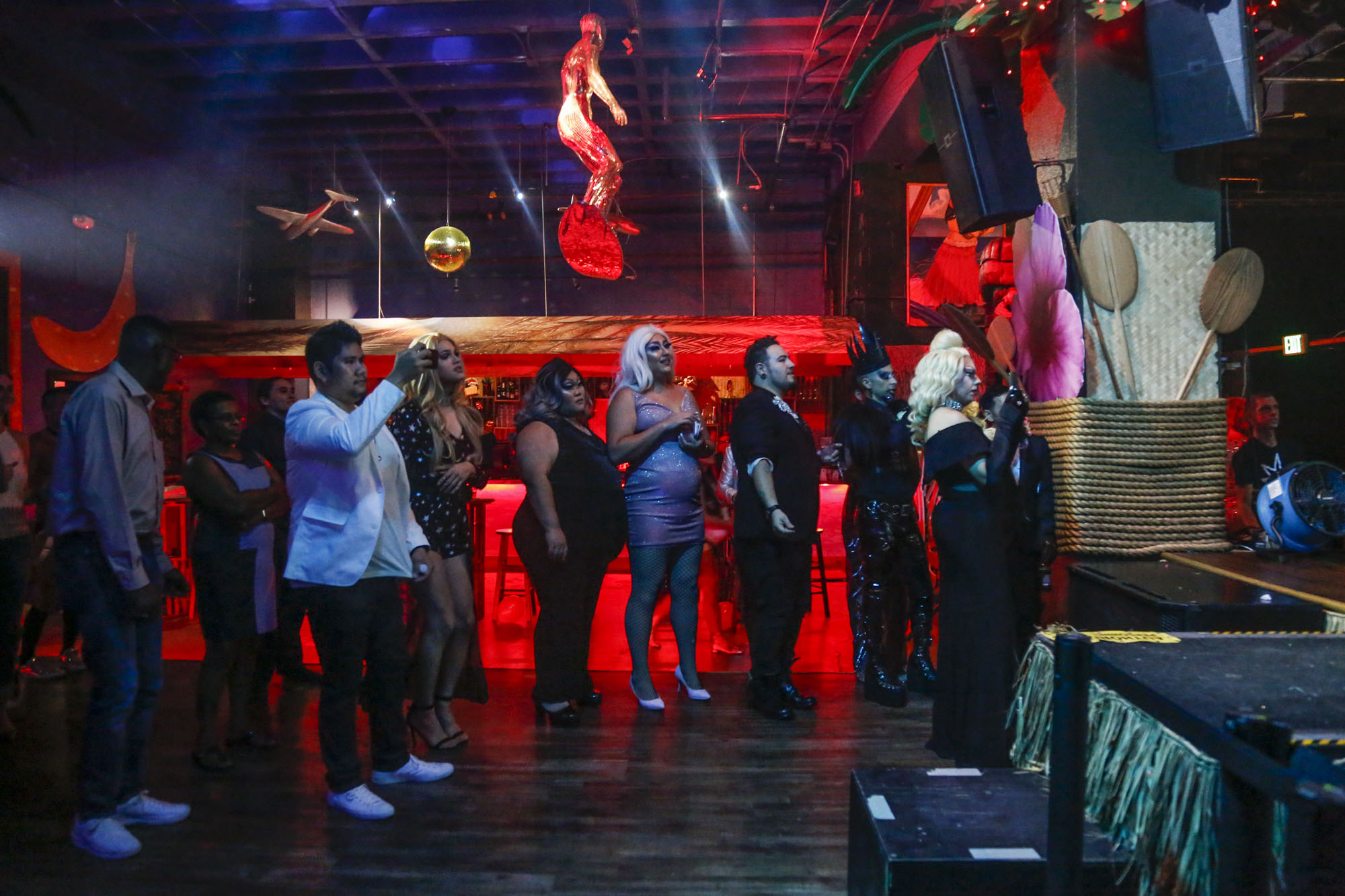
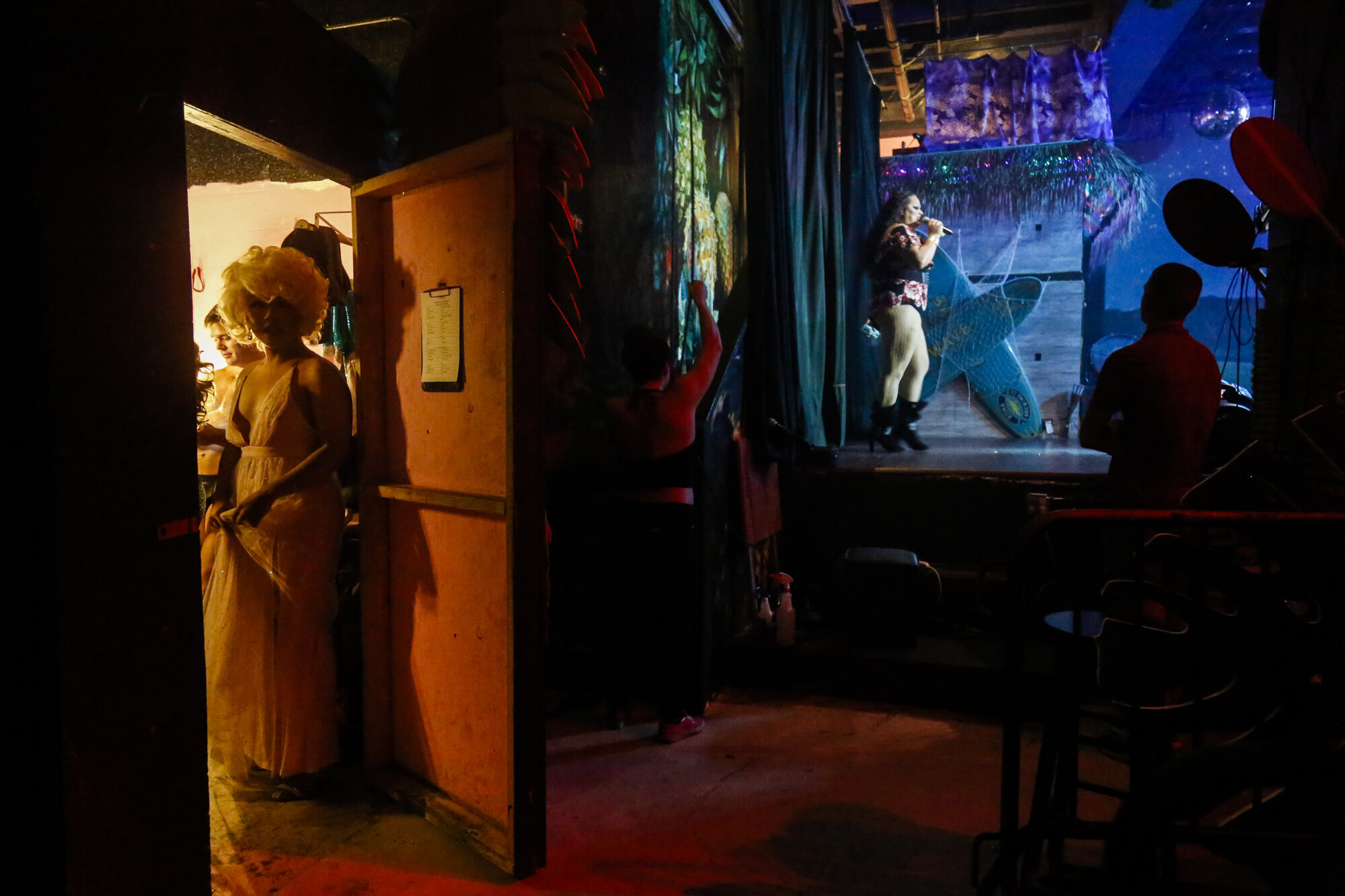
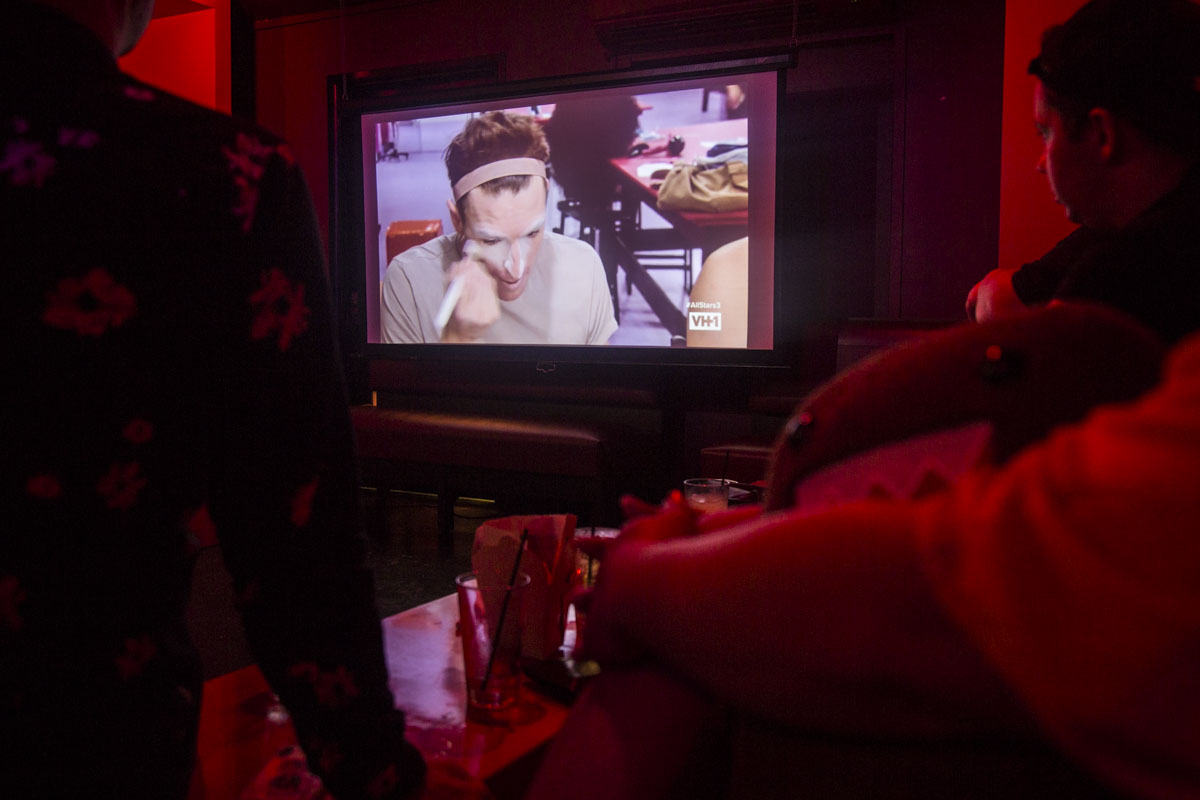

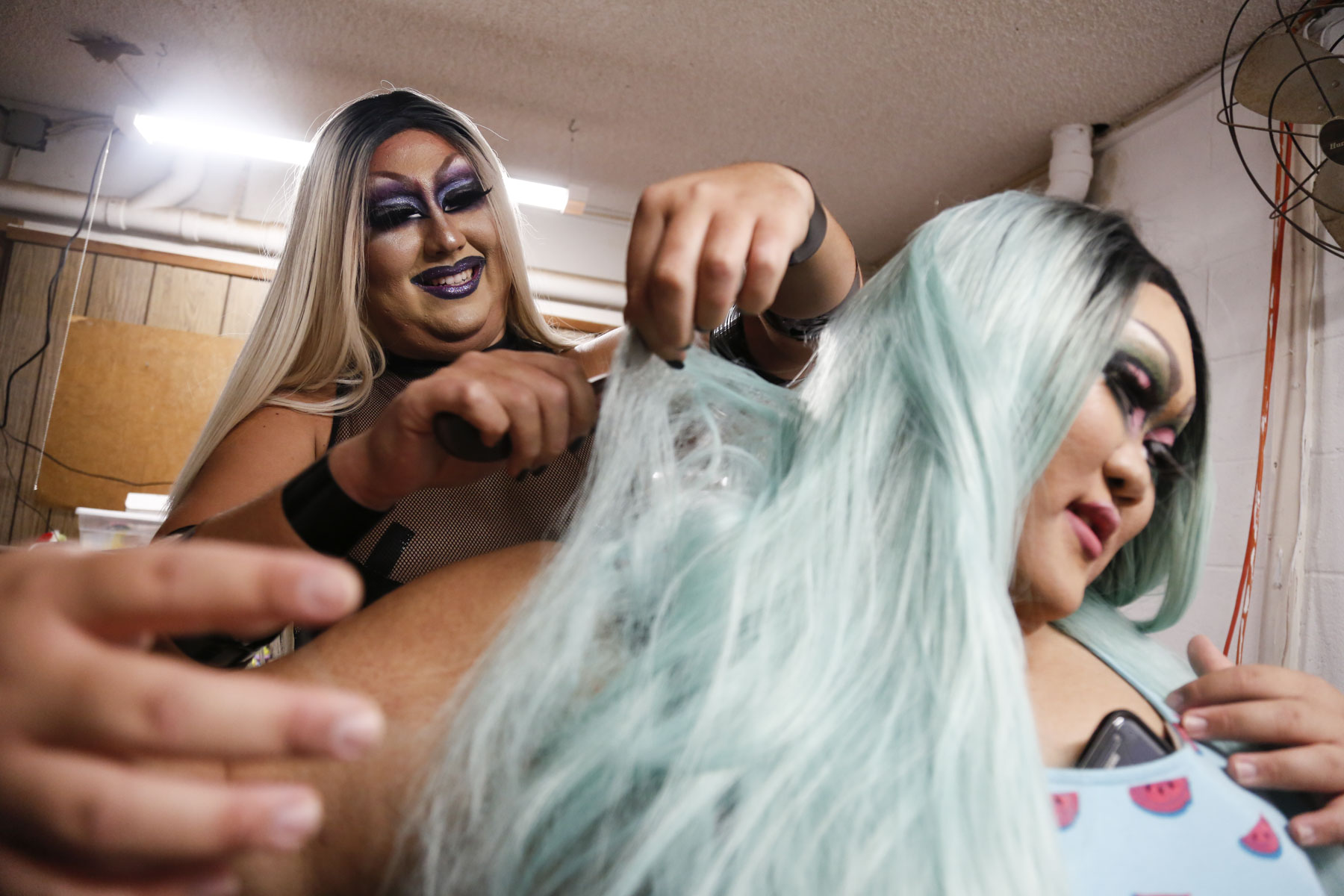
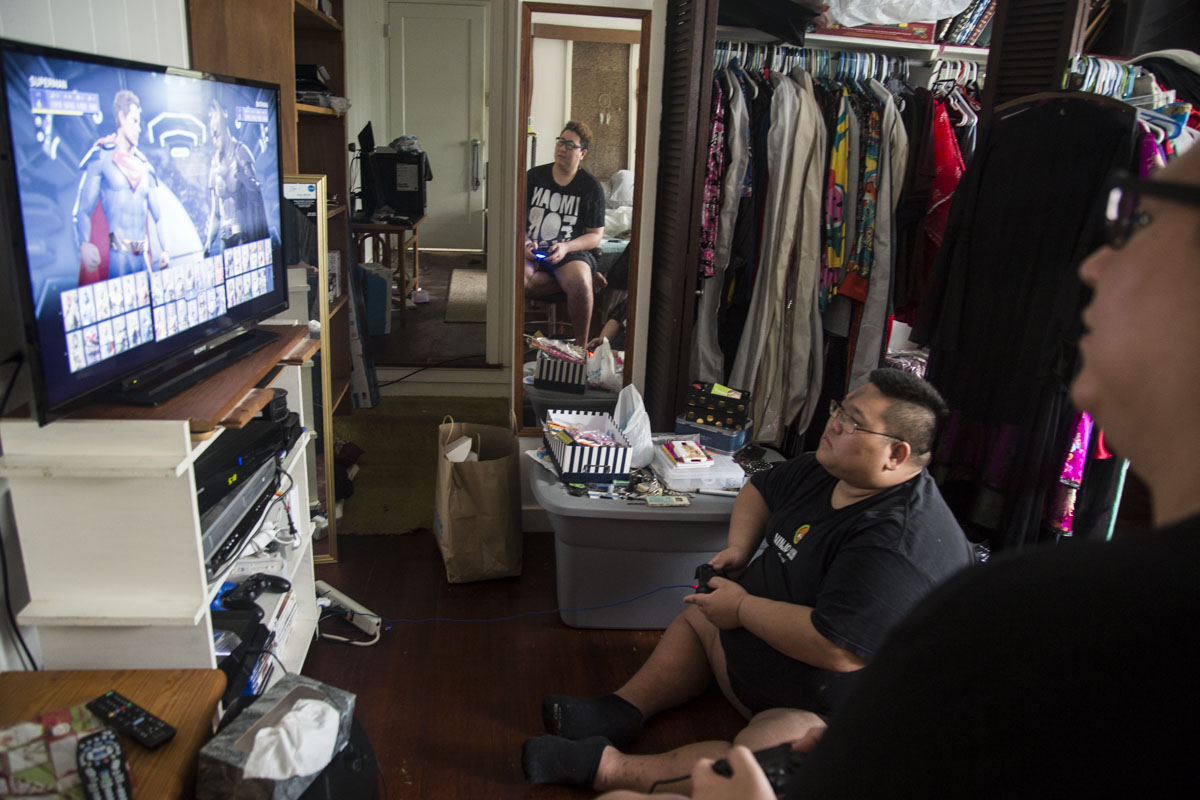
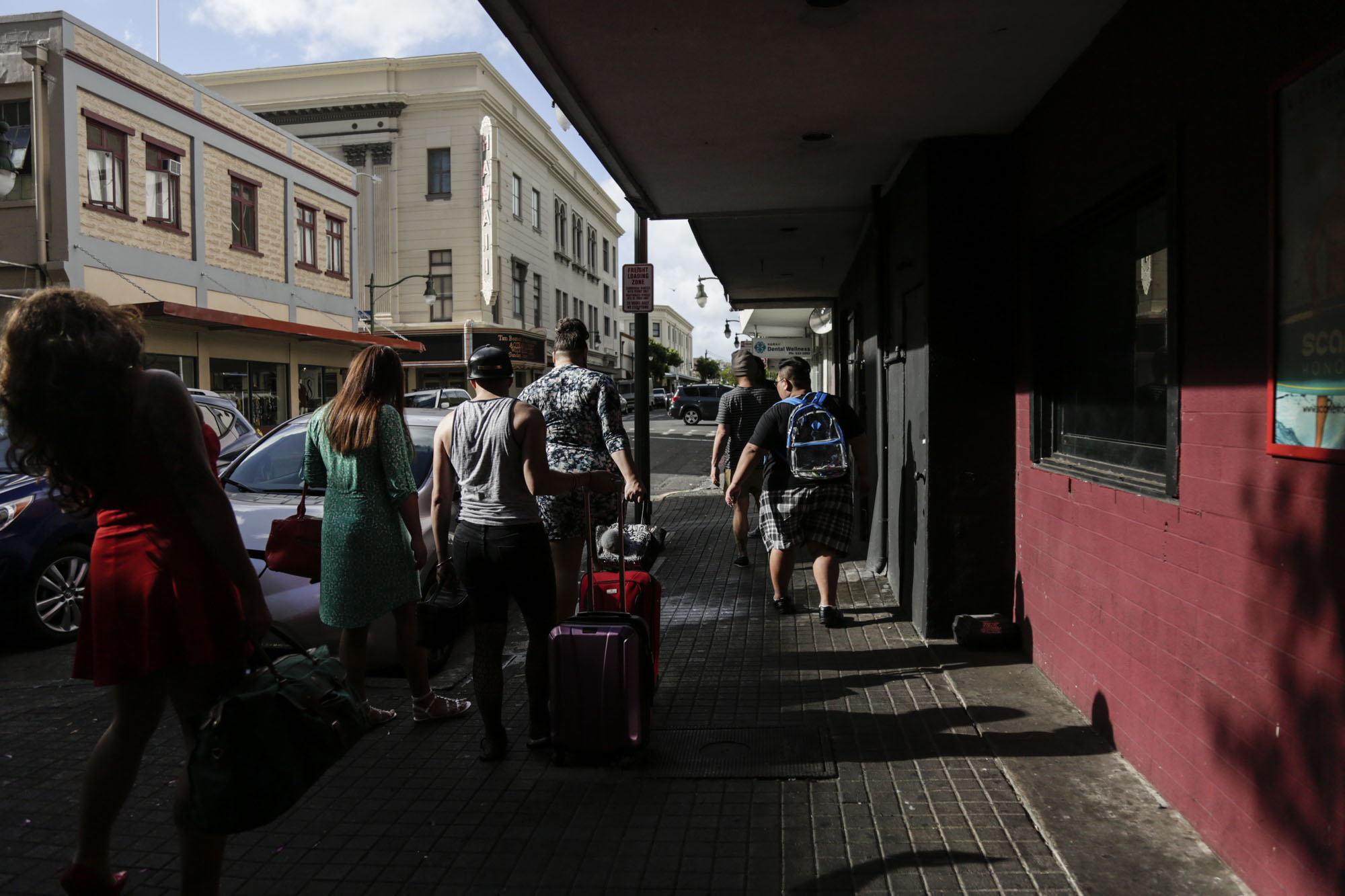
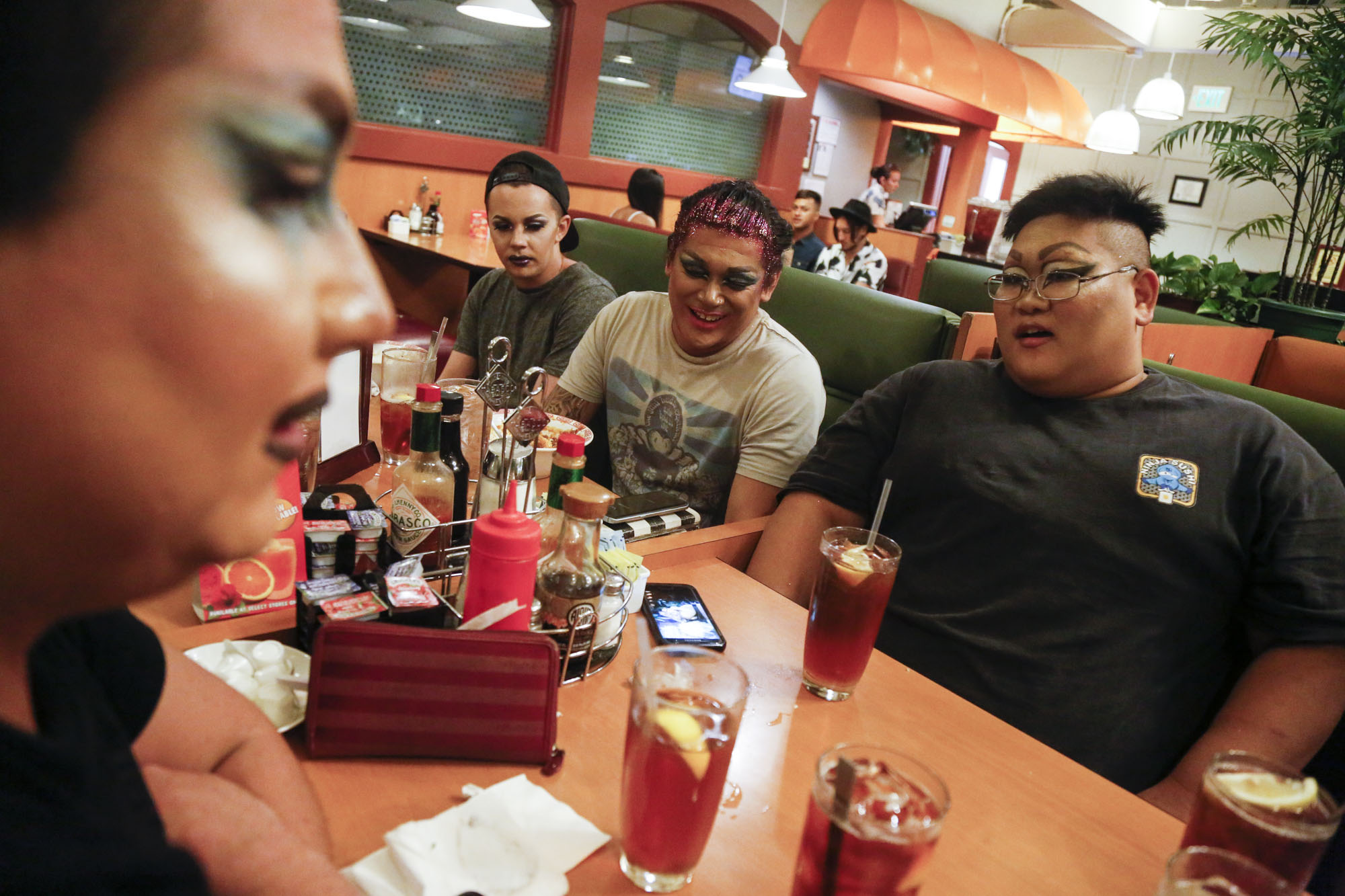
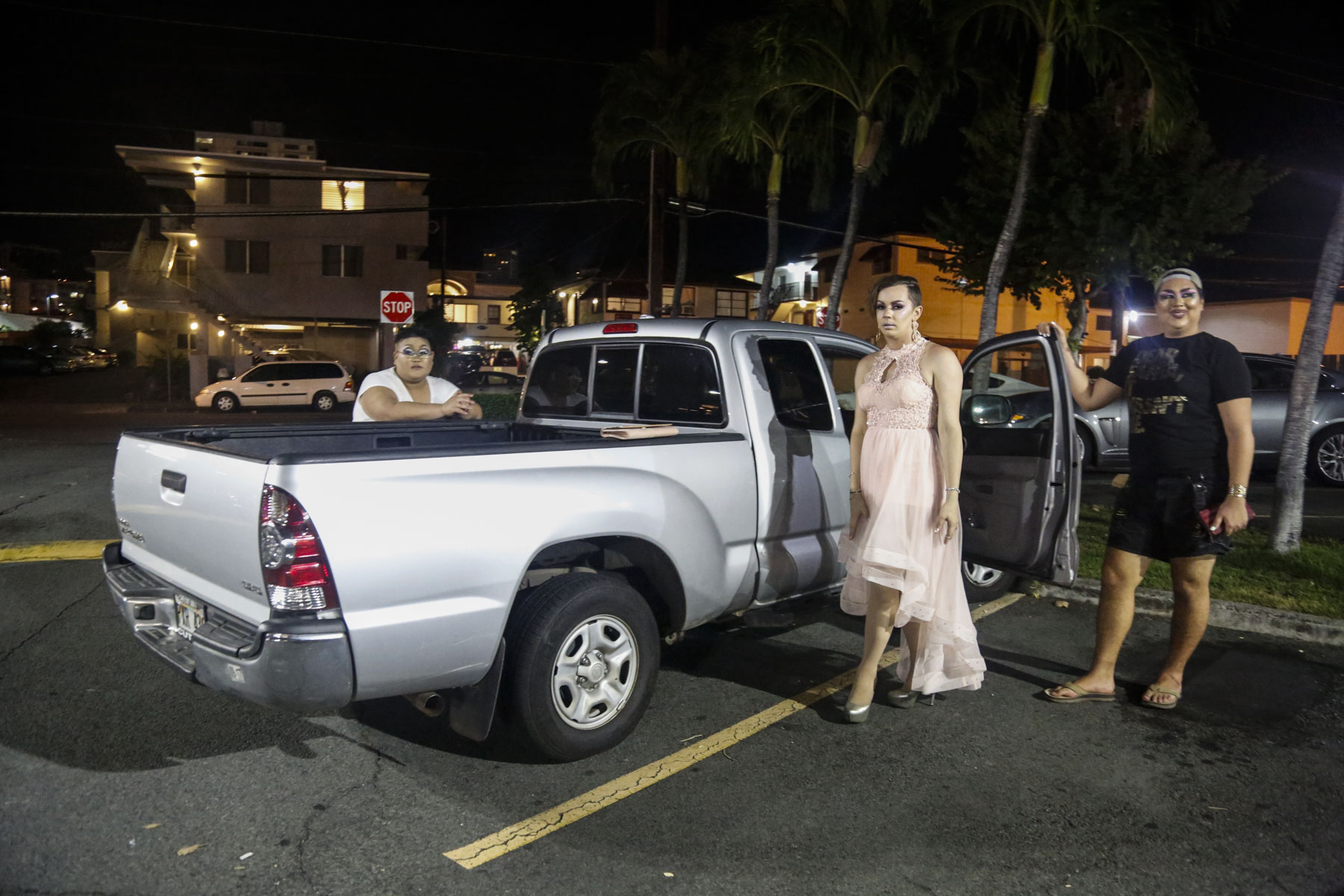
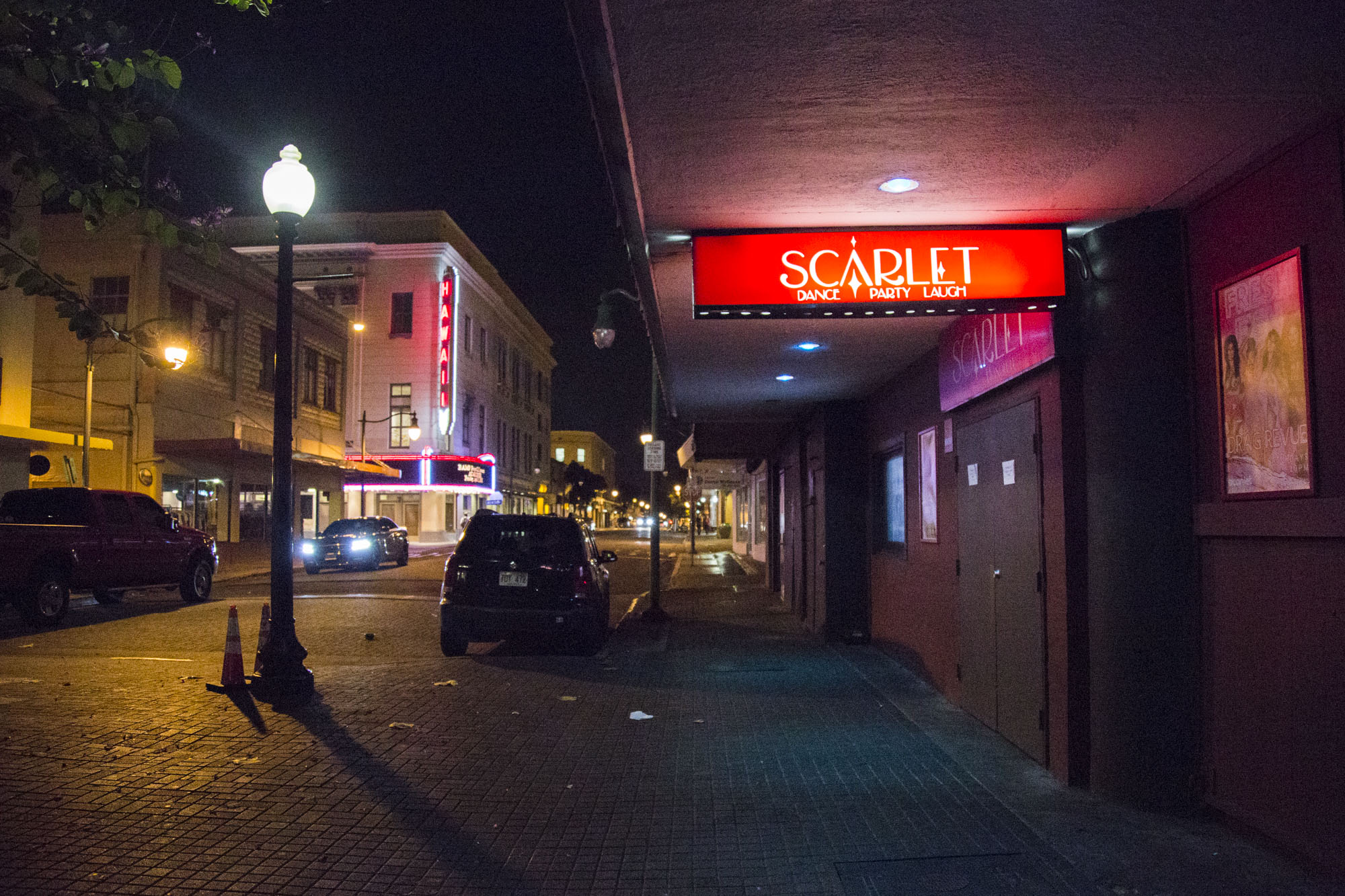
CHAPTER TWO
Chapter two of this series focuses on Lilith Satana, a middle generation queen who never felt the sisterhood of drag until recently.
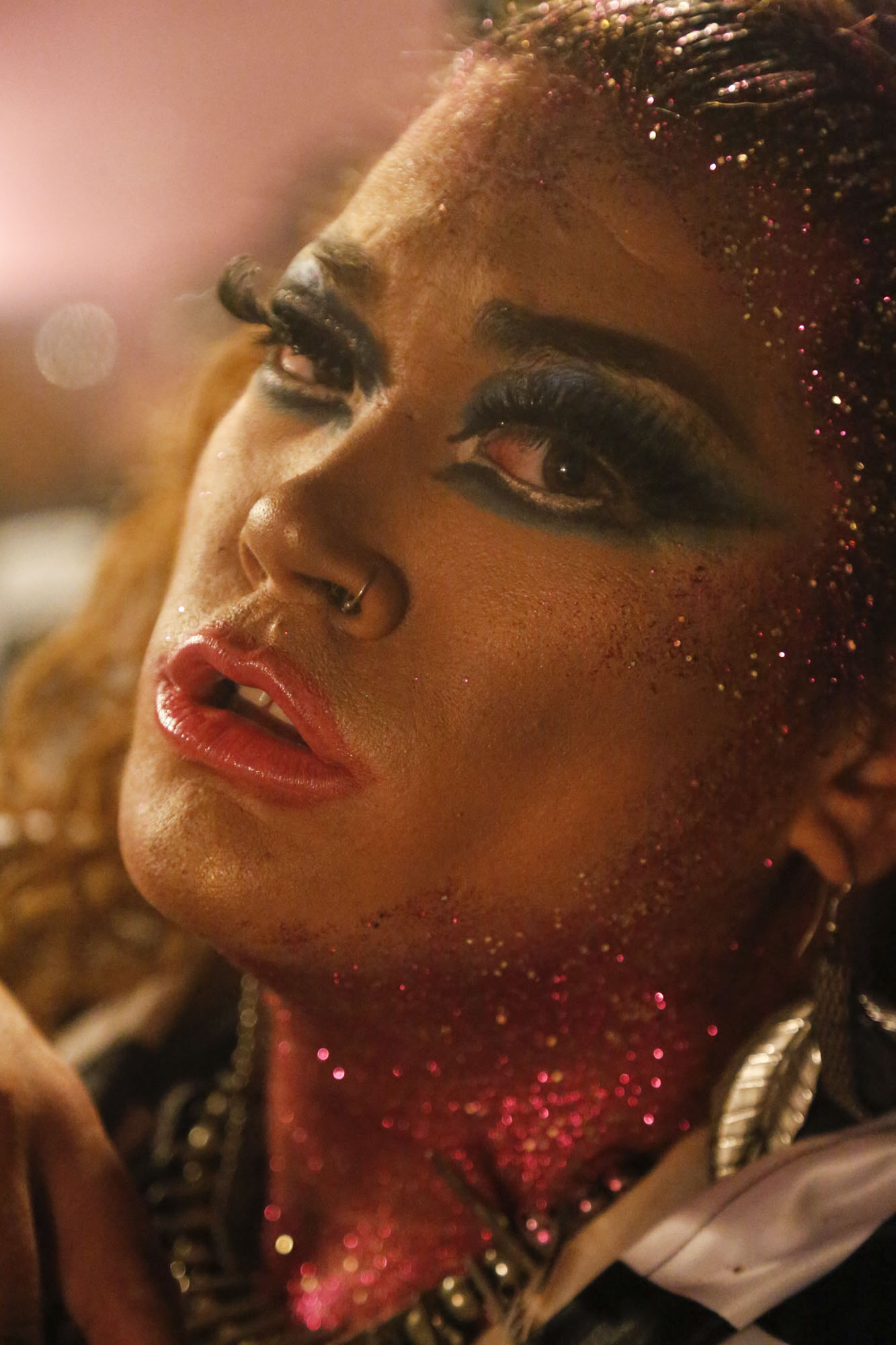
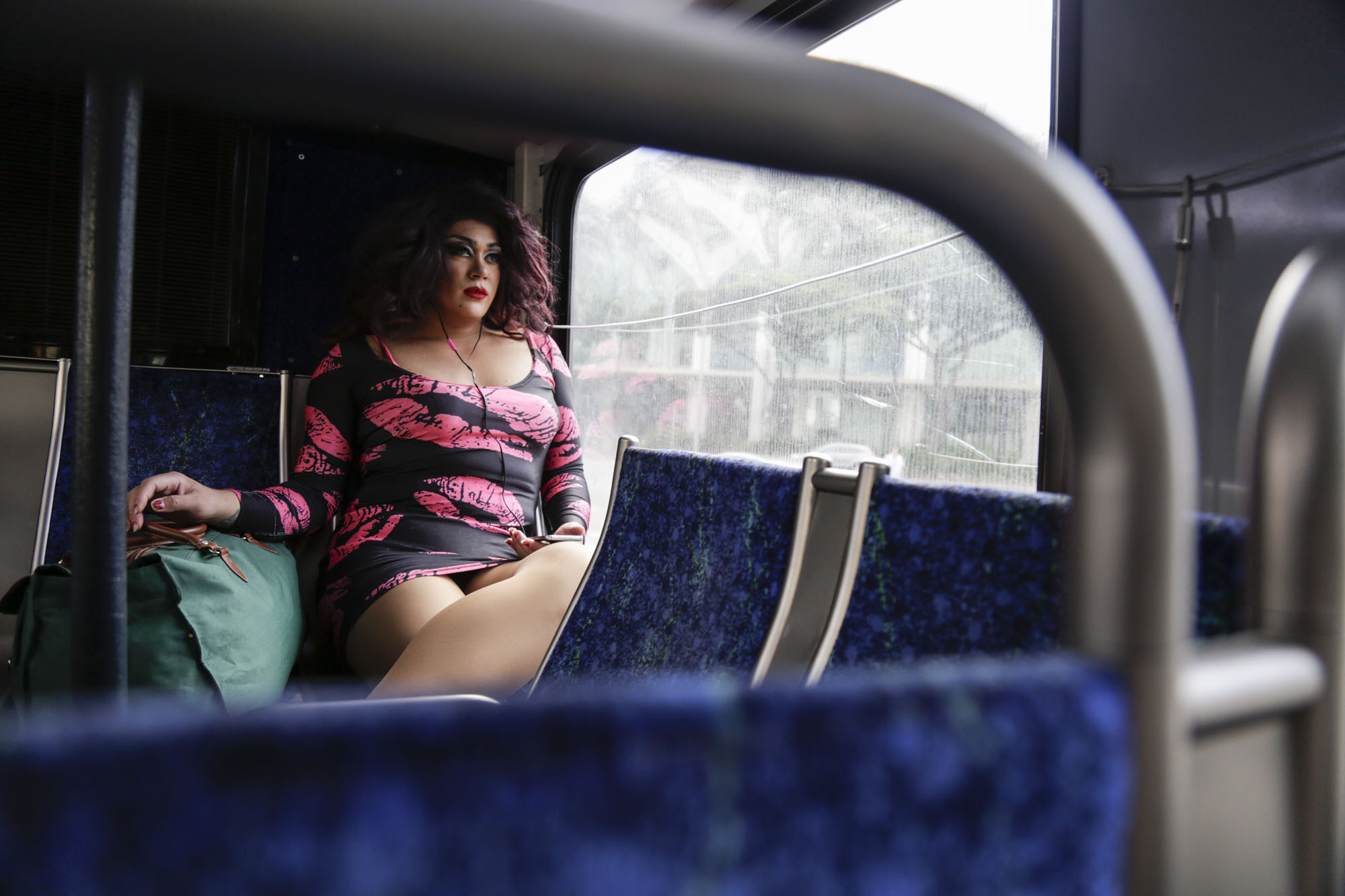
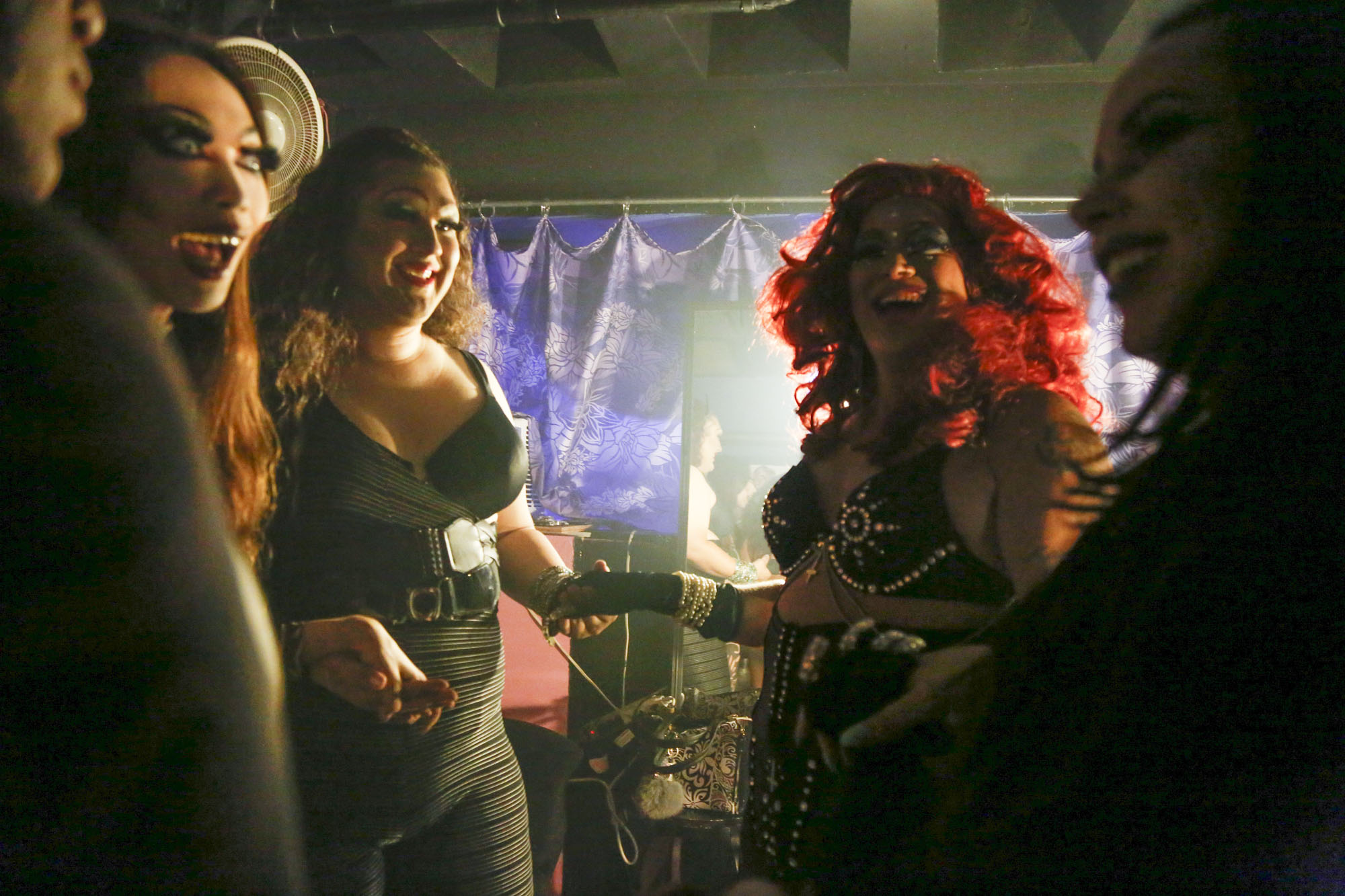
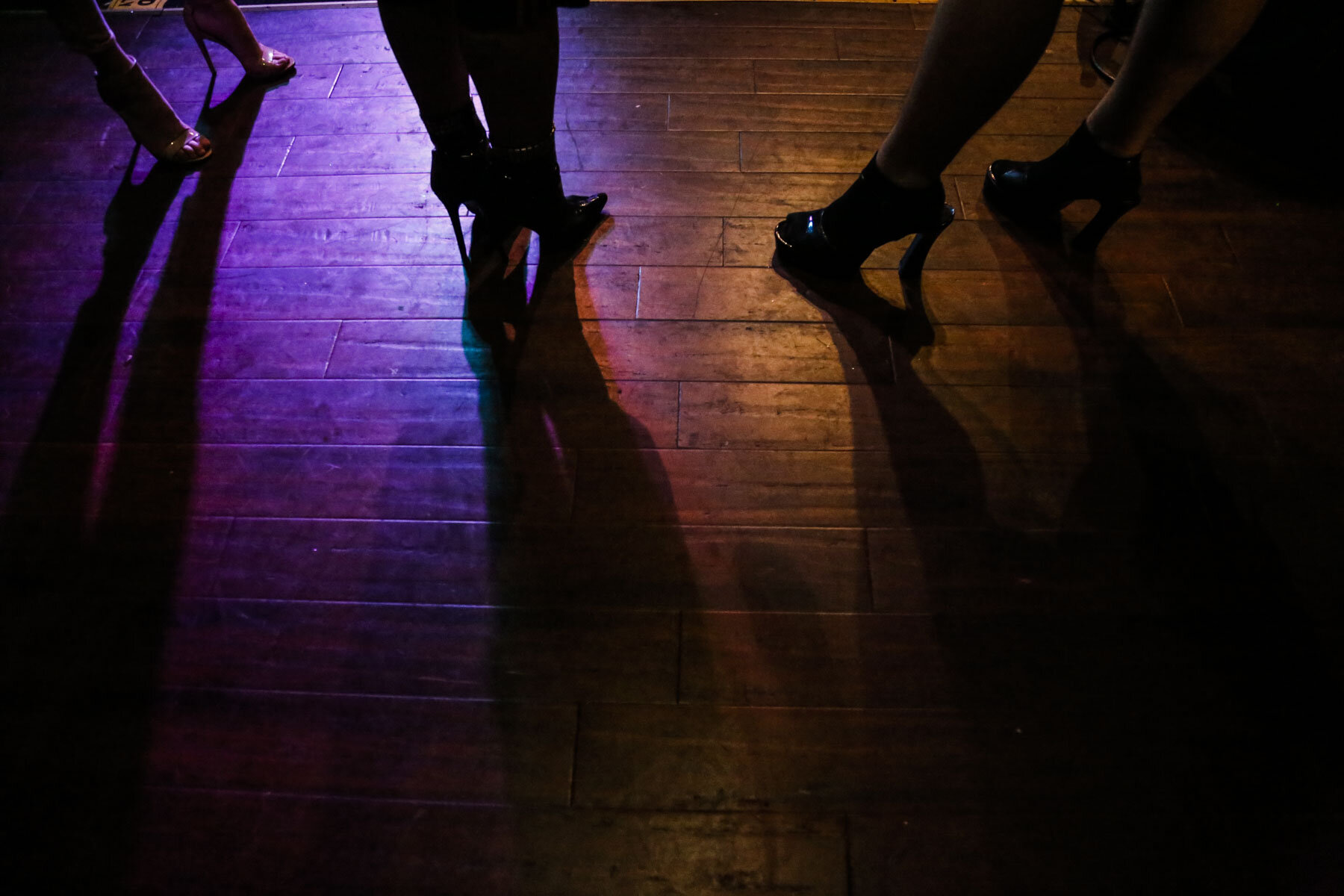
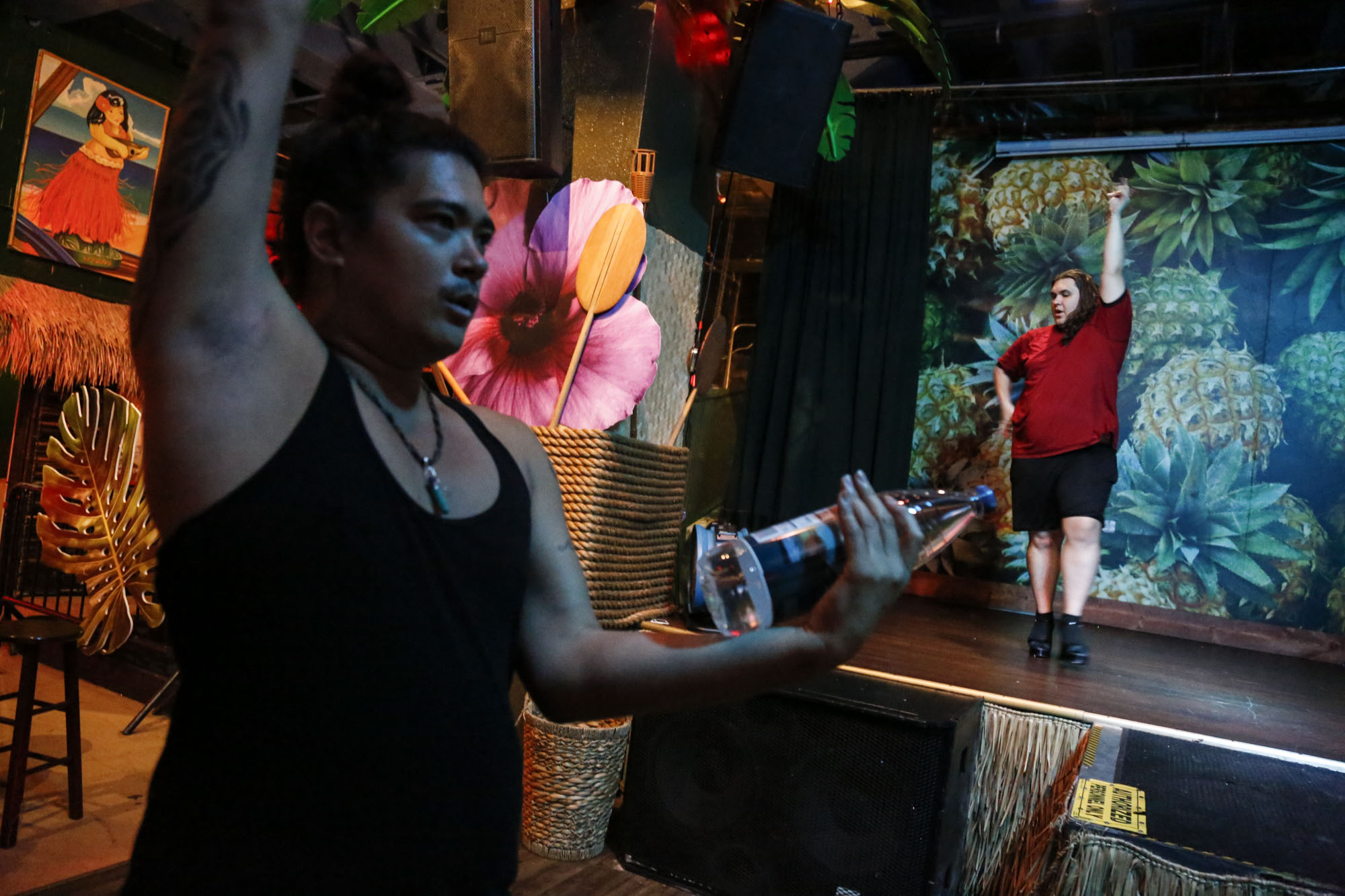
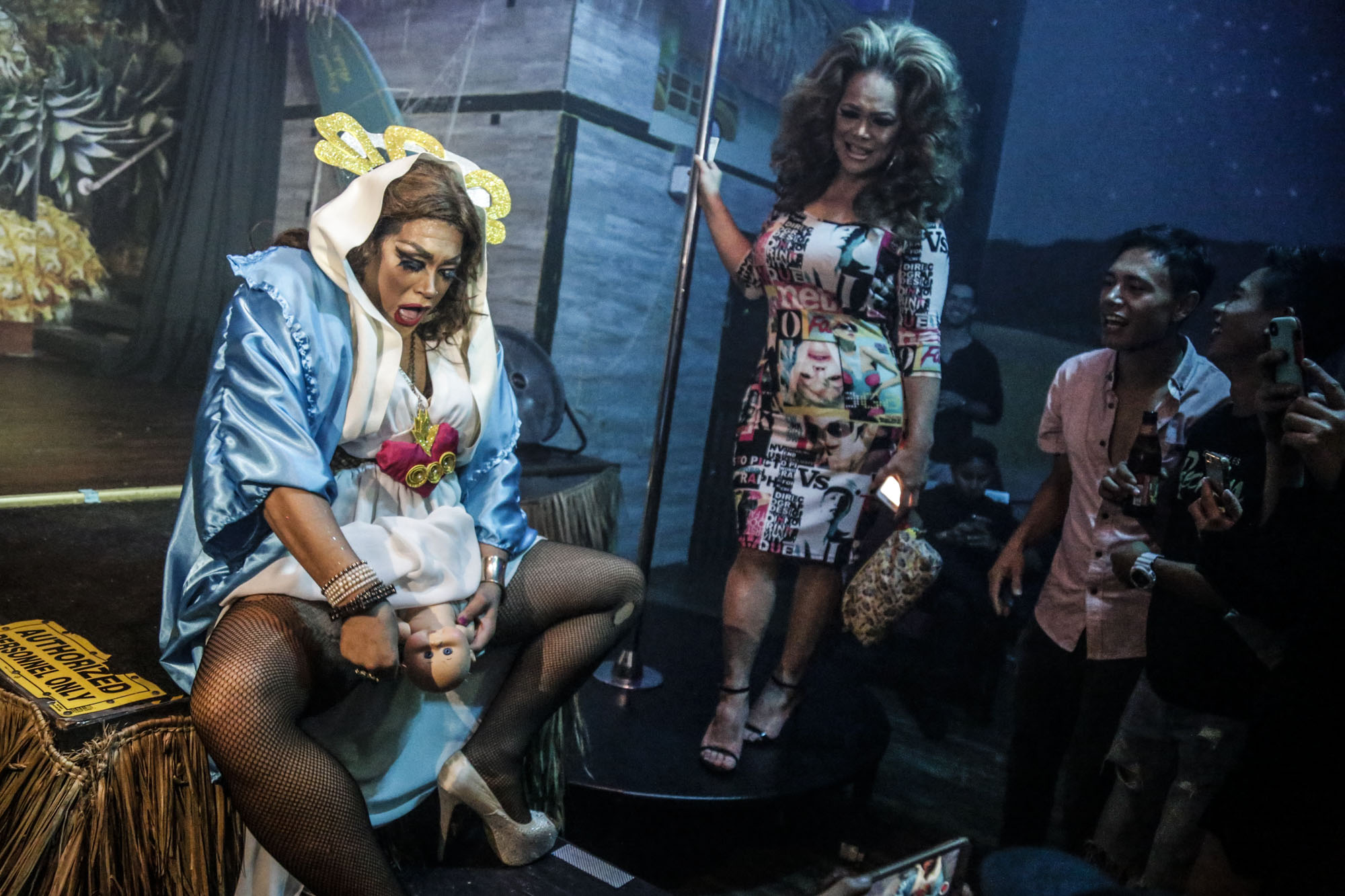
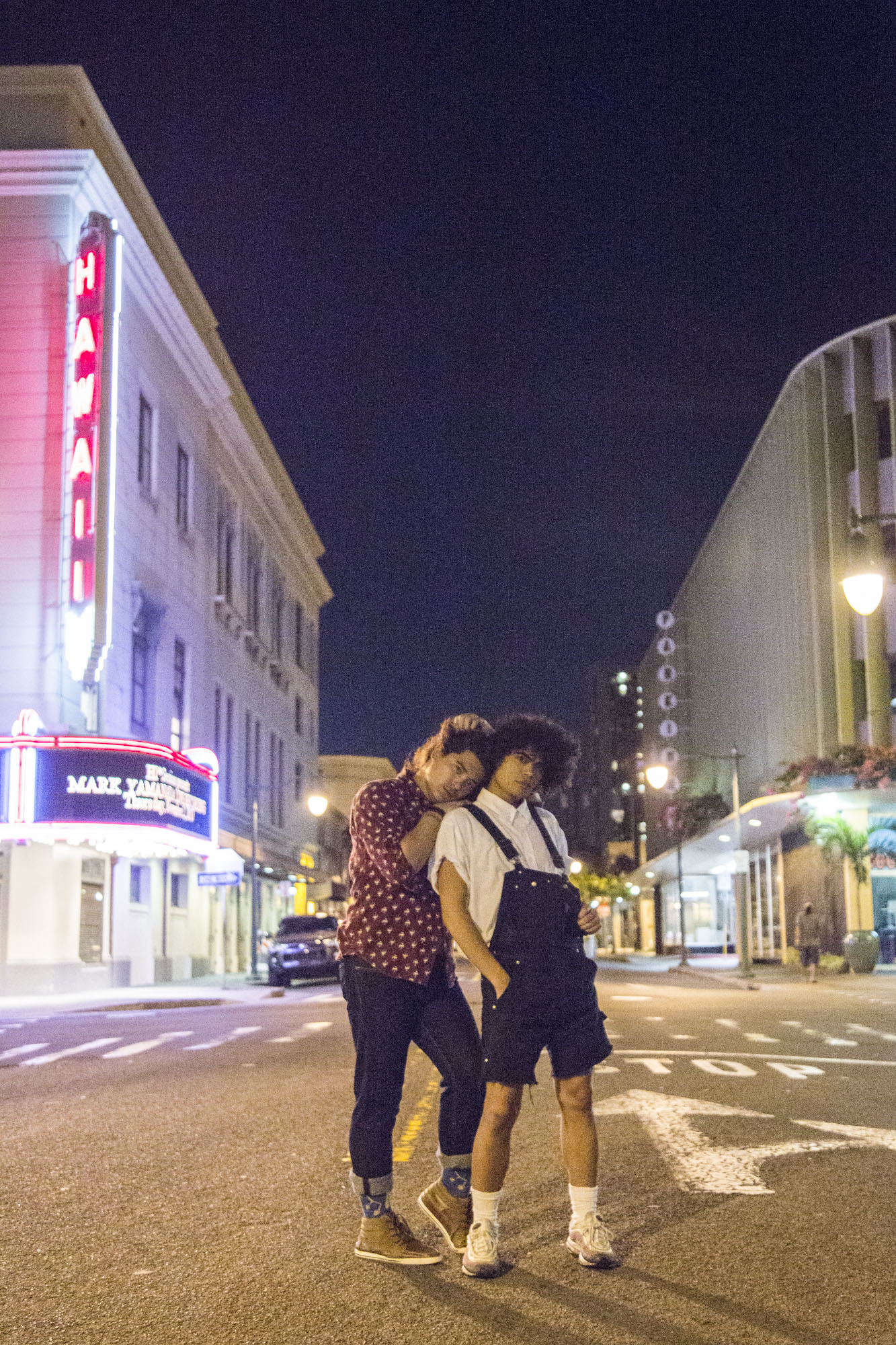
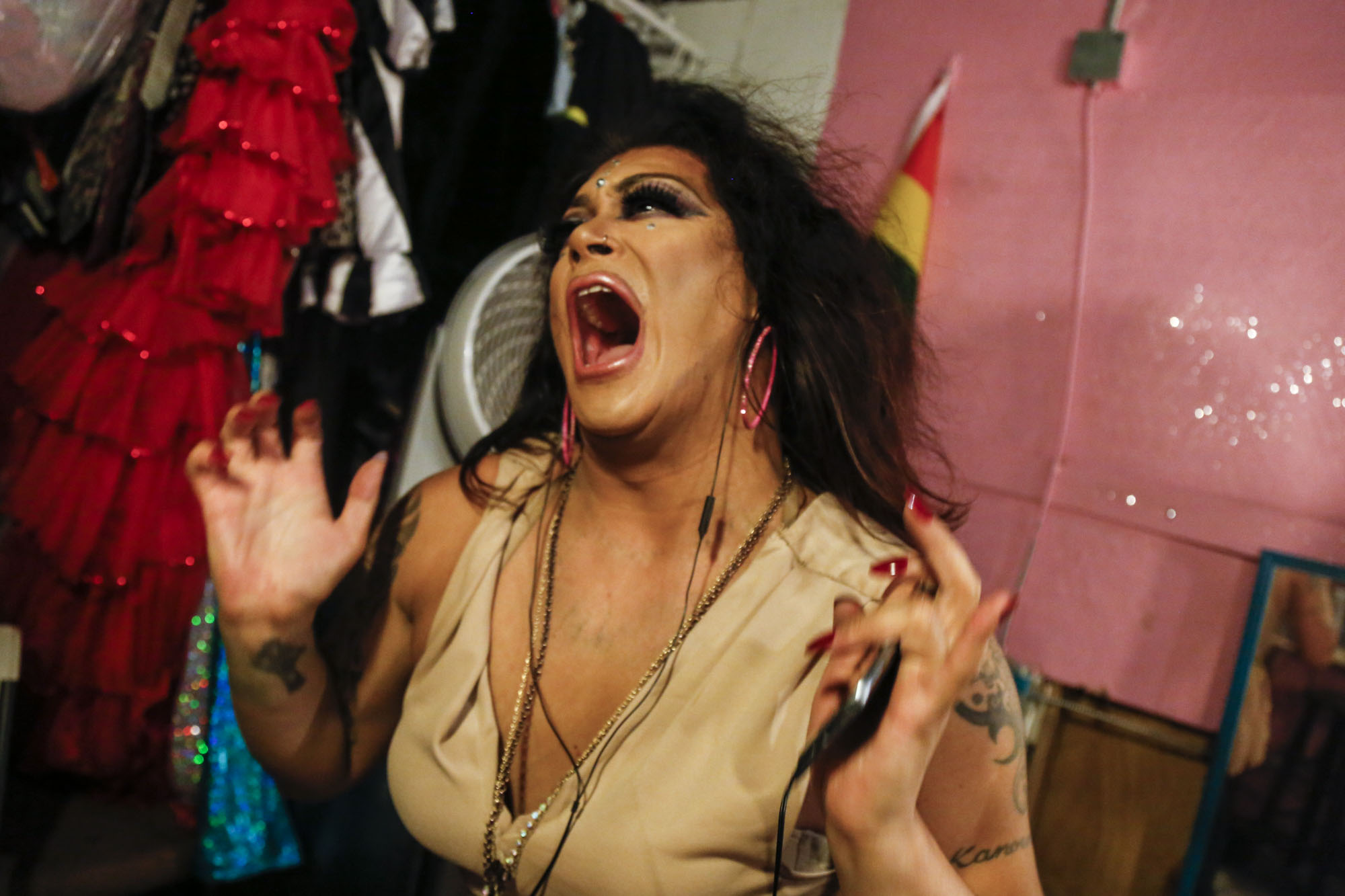
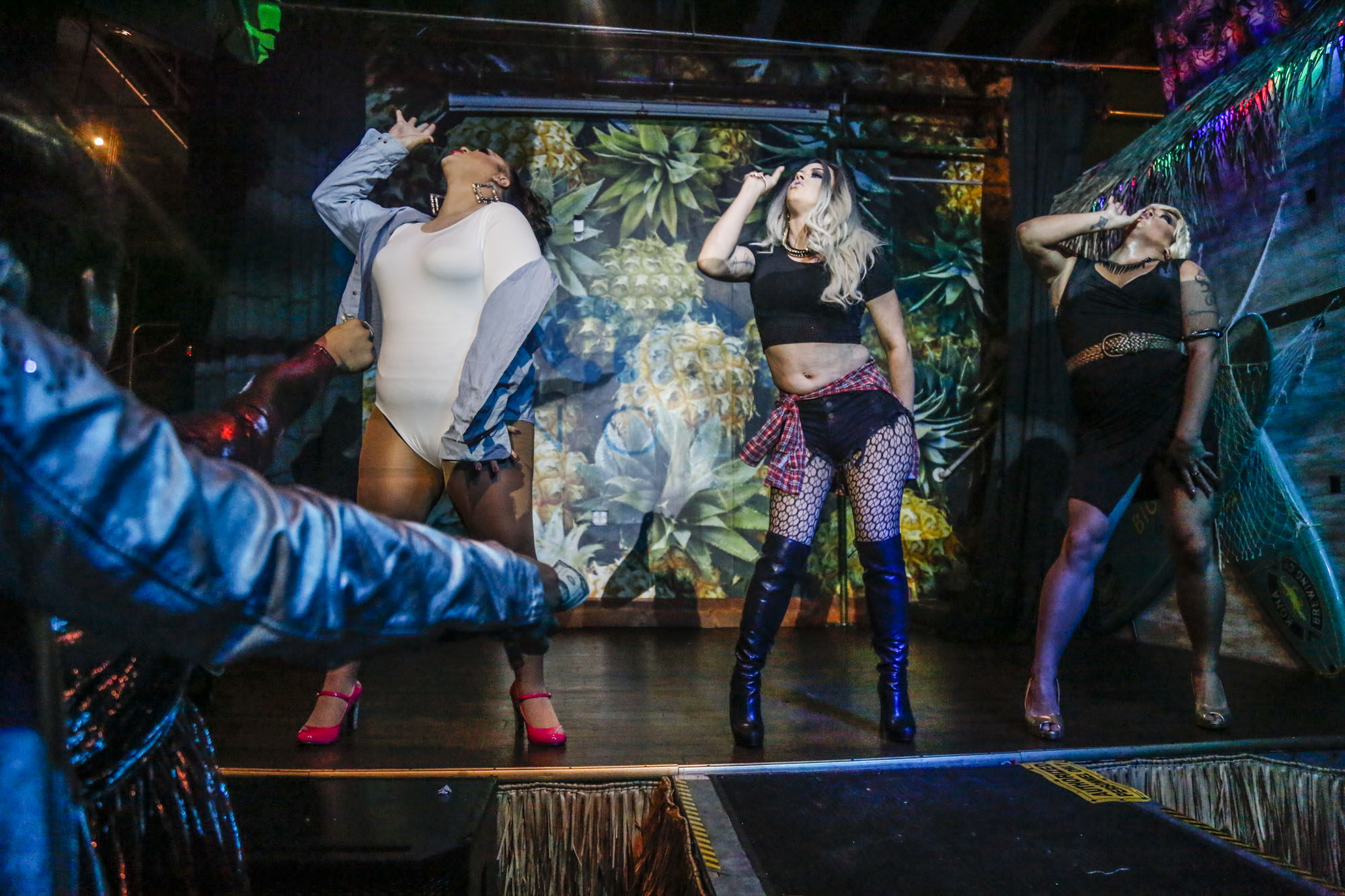
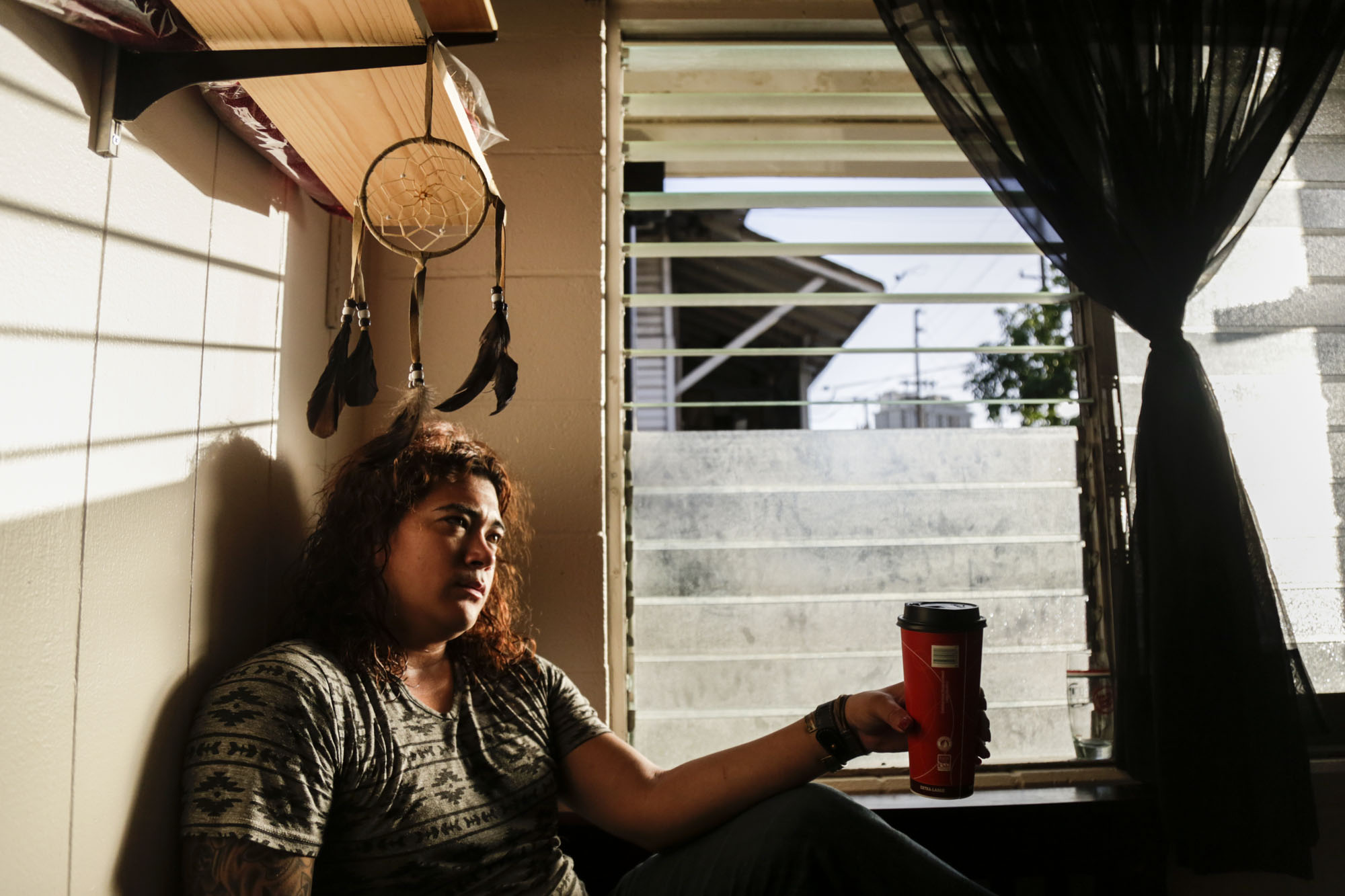
PORTRAITS
